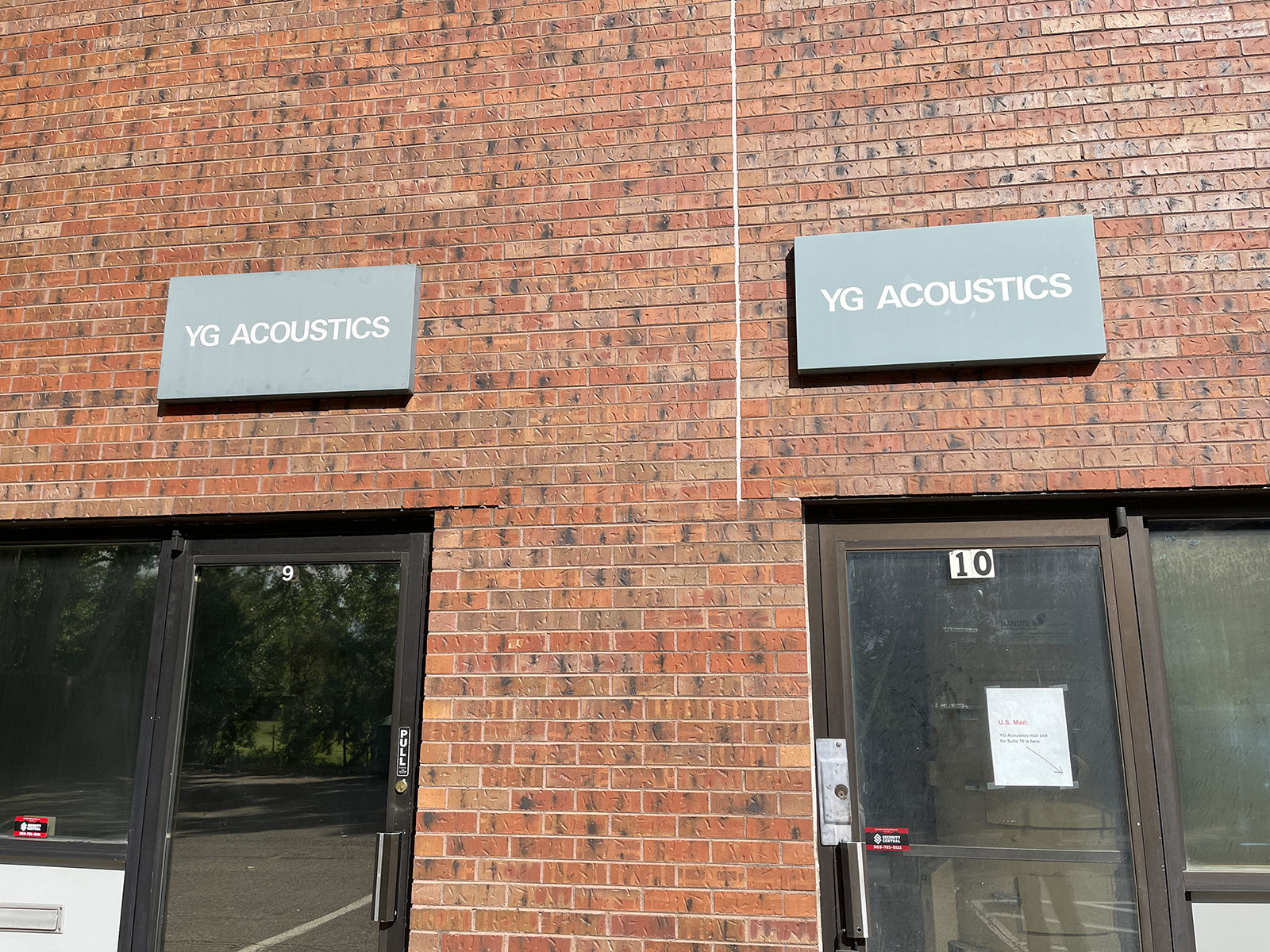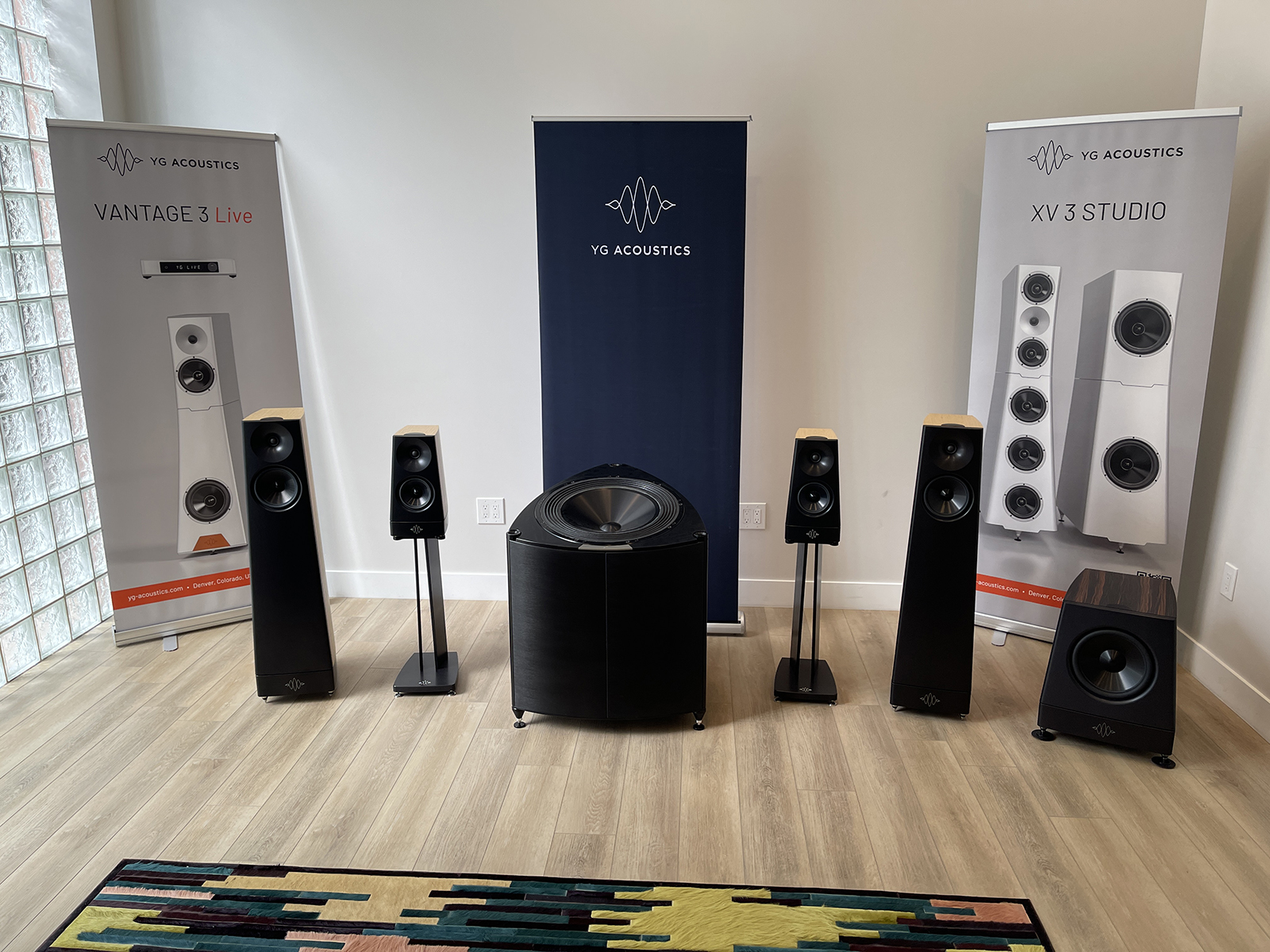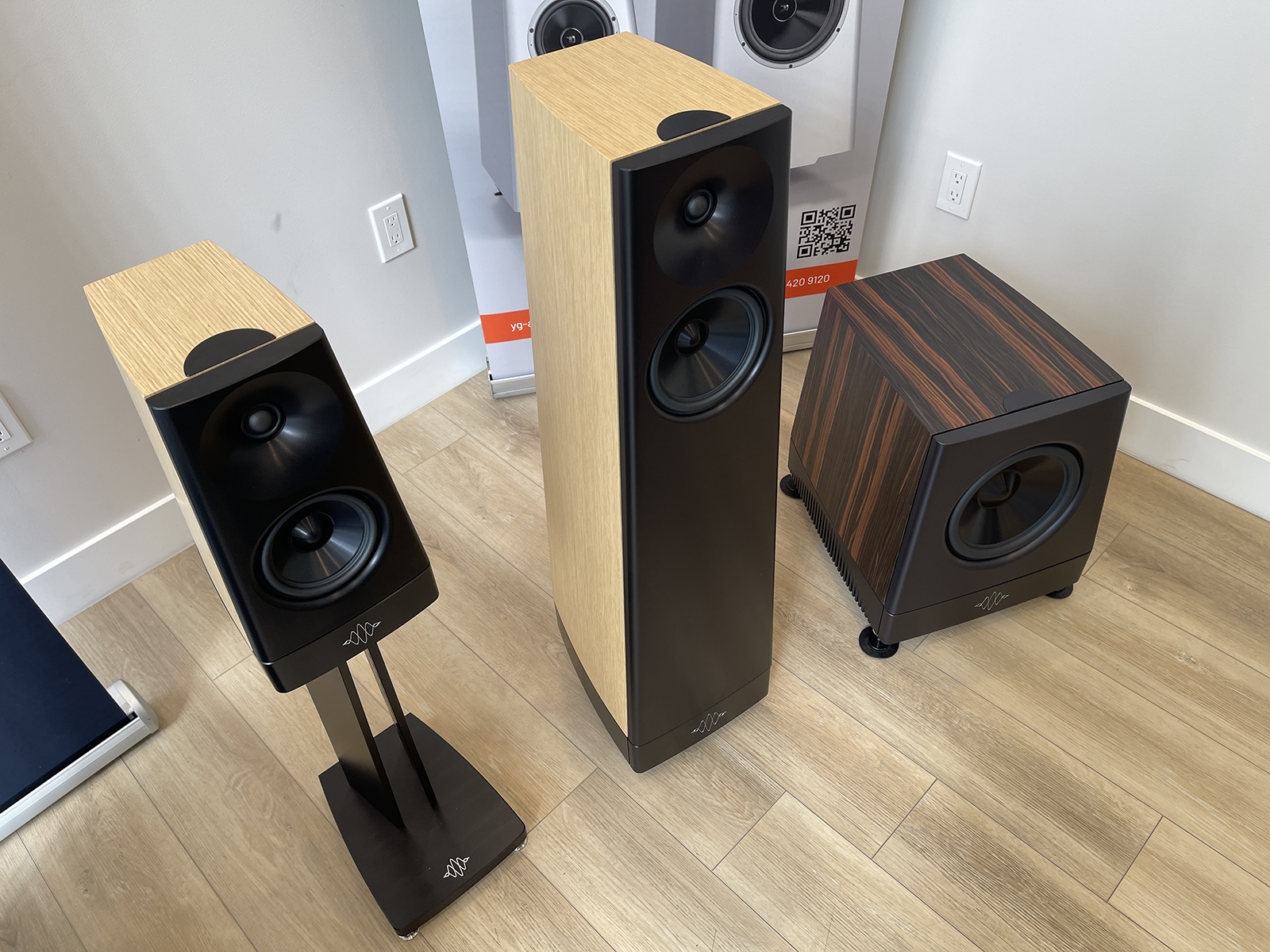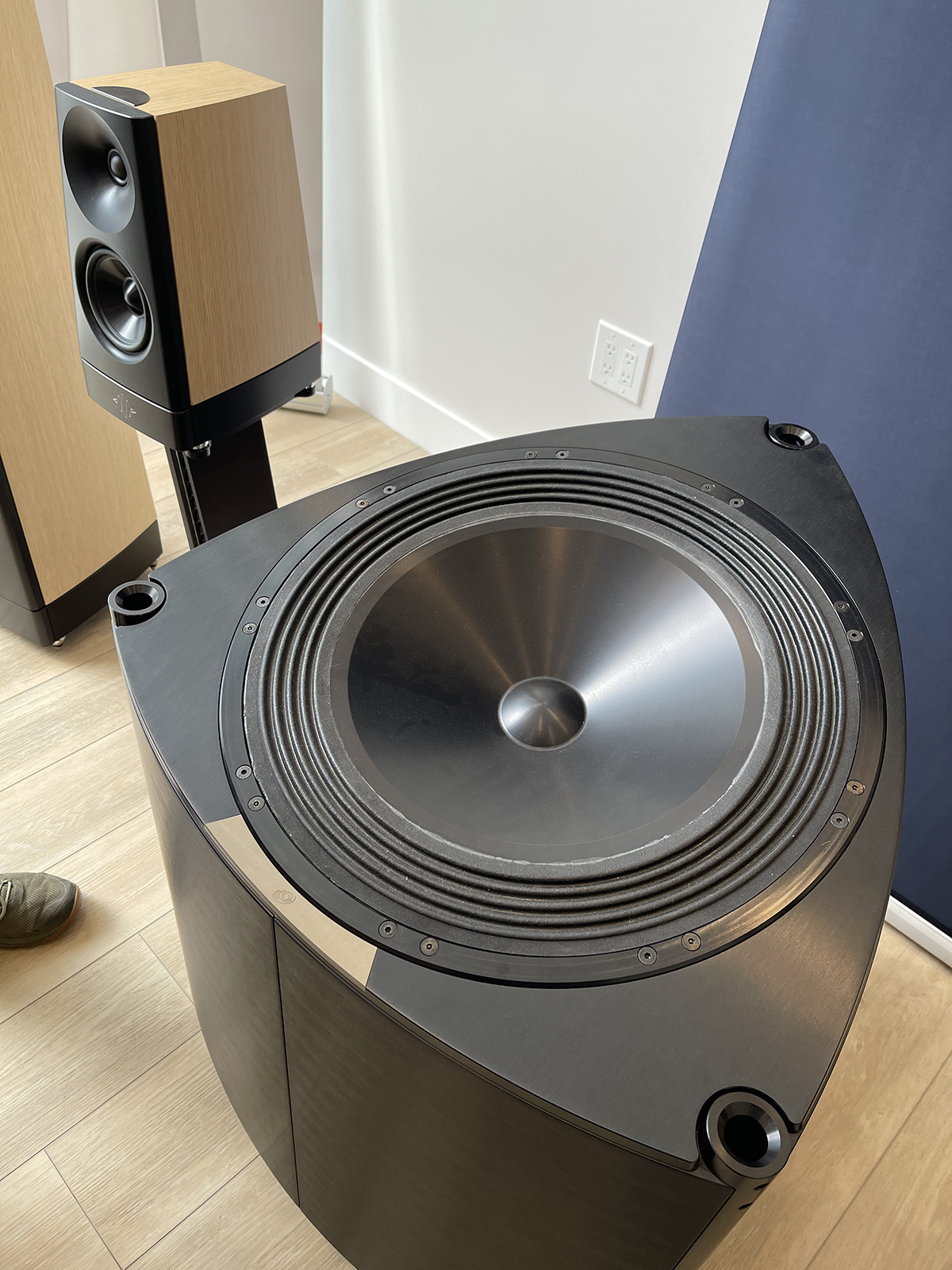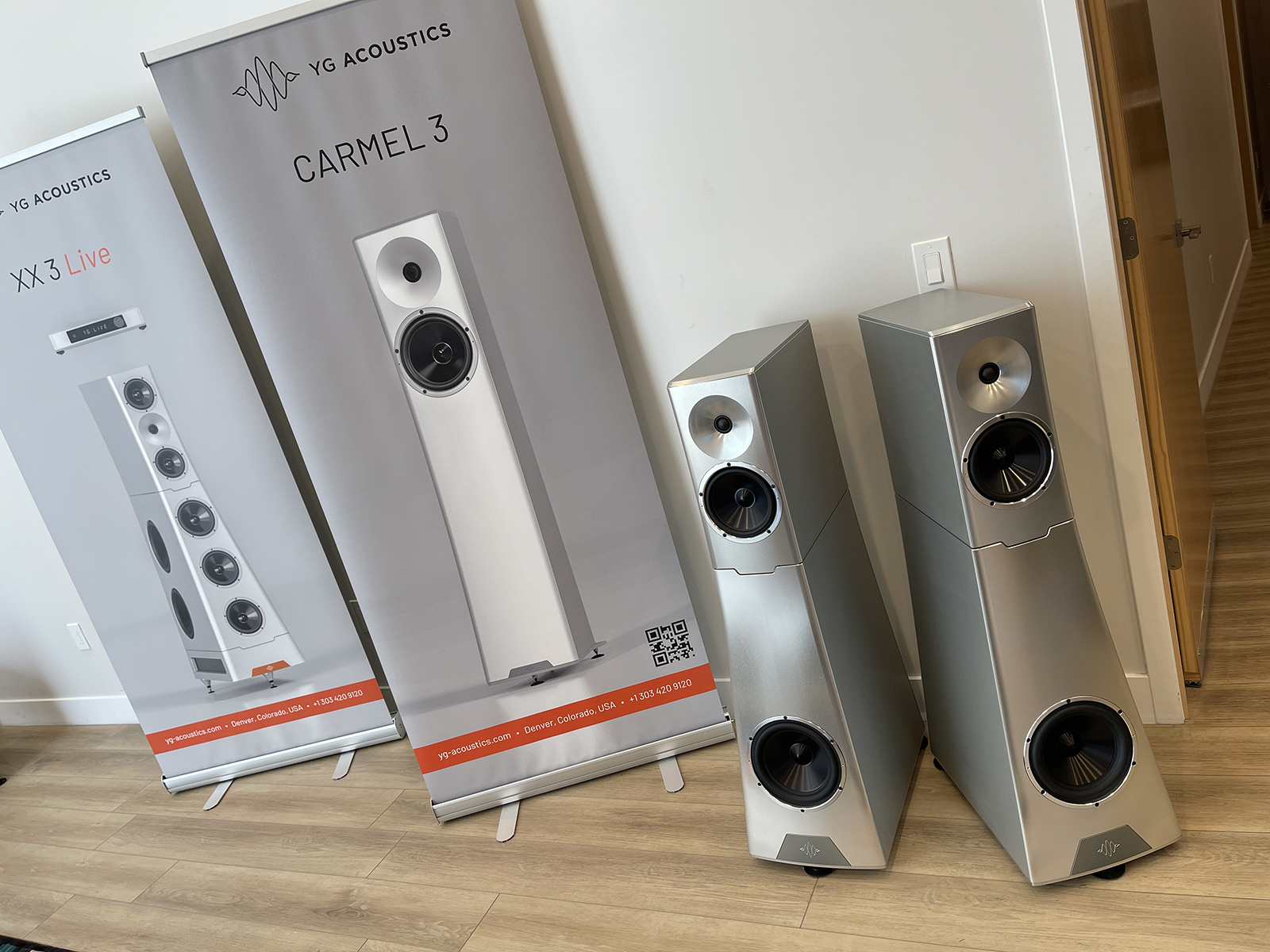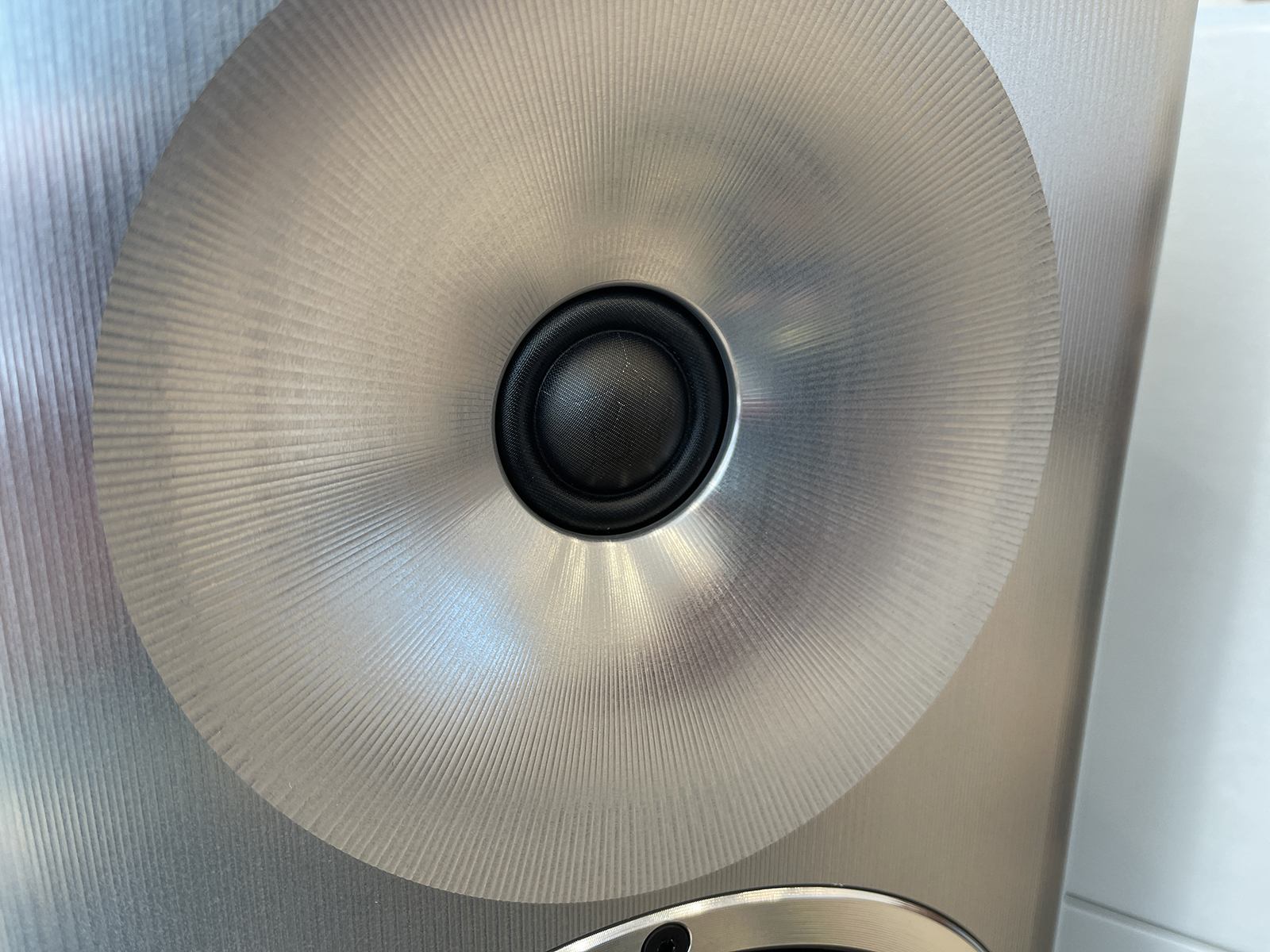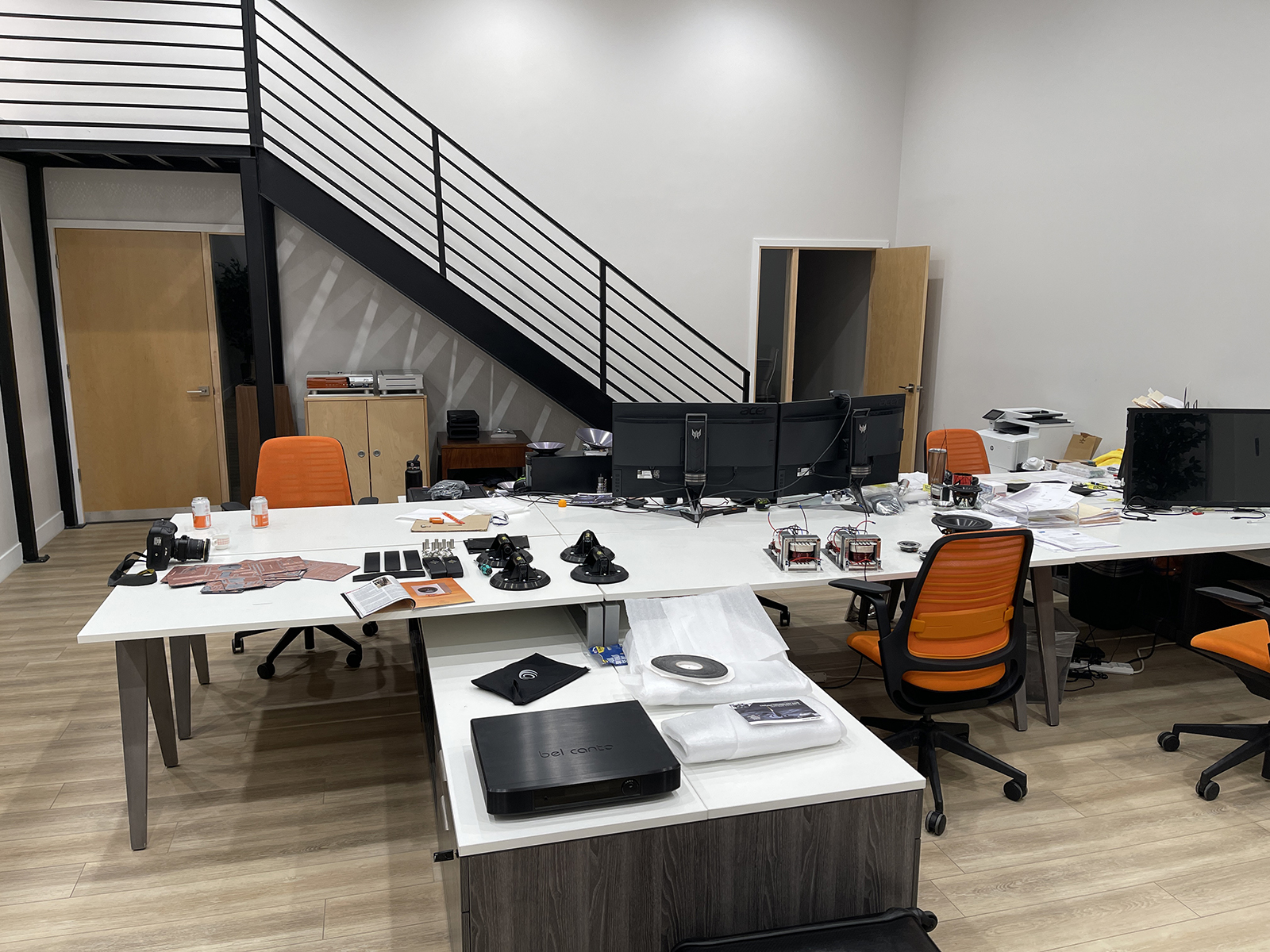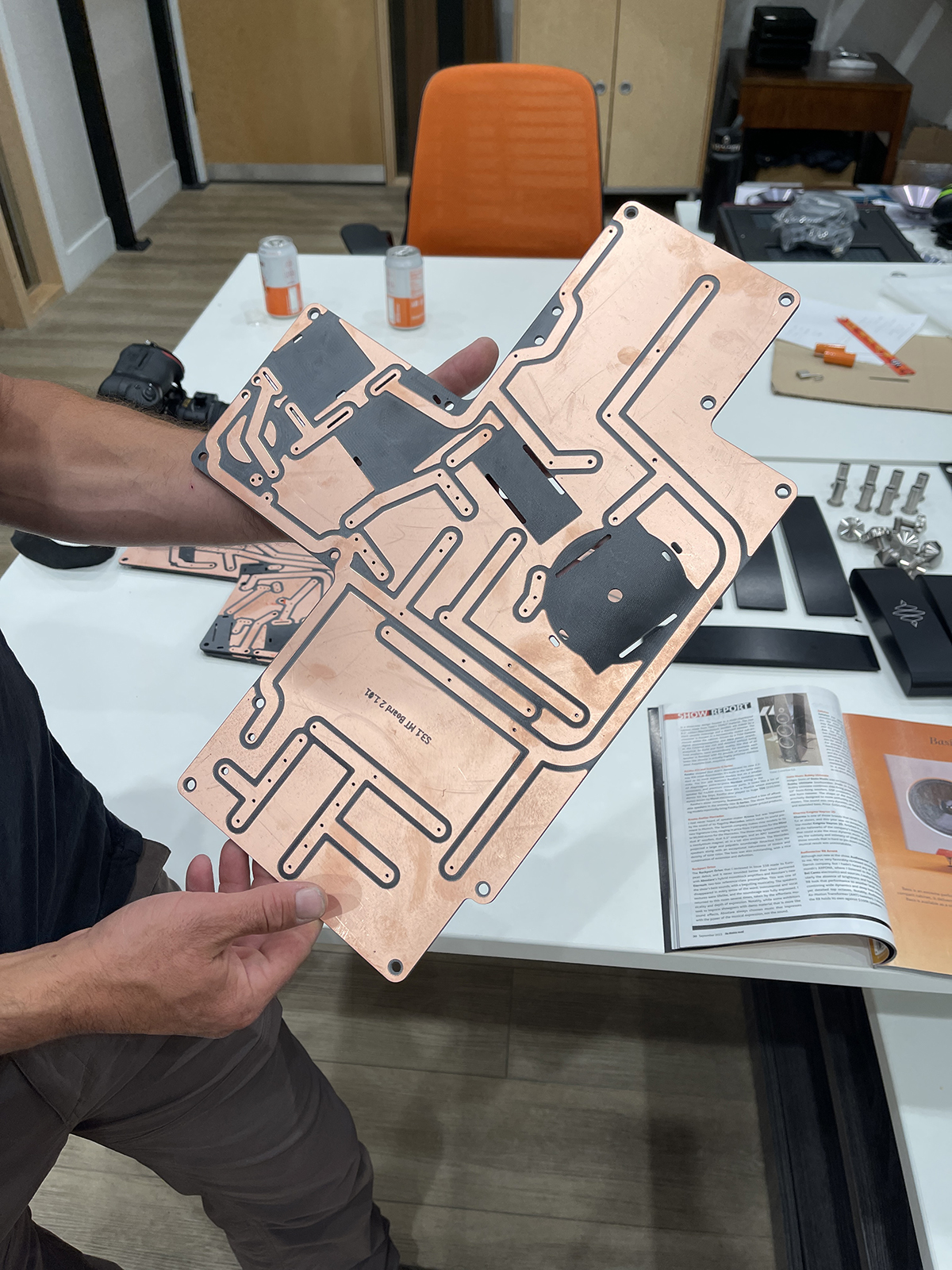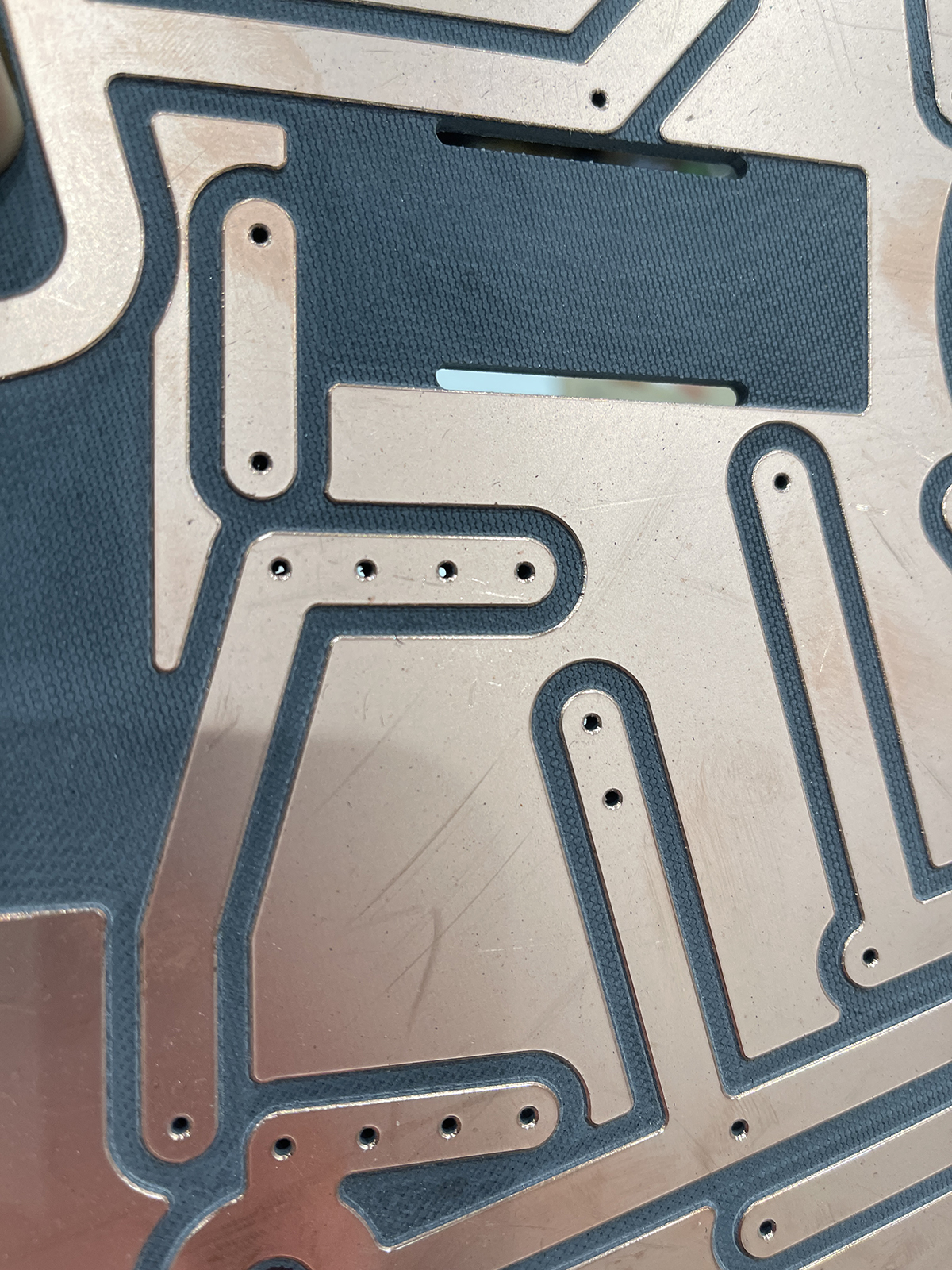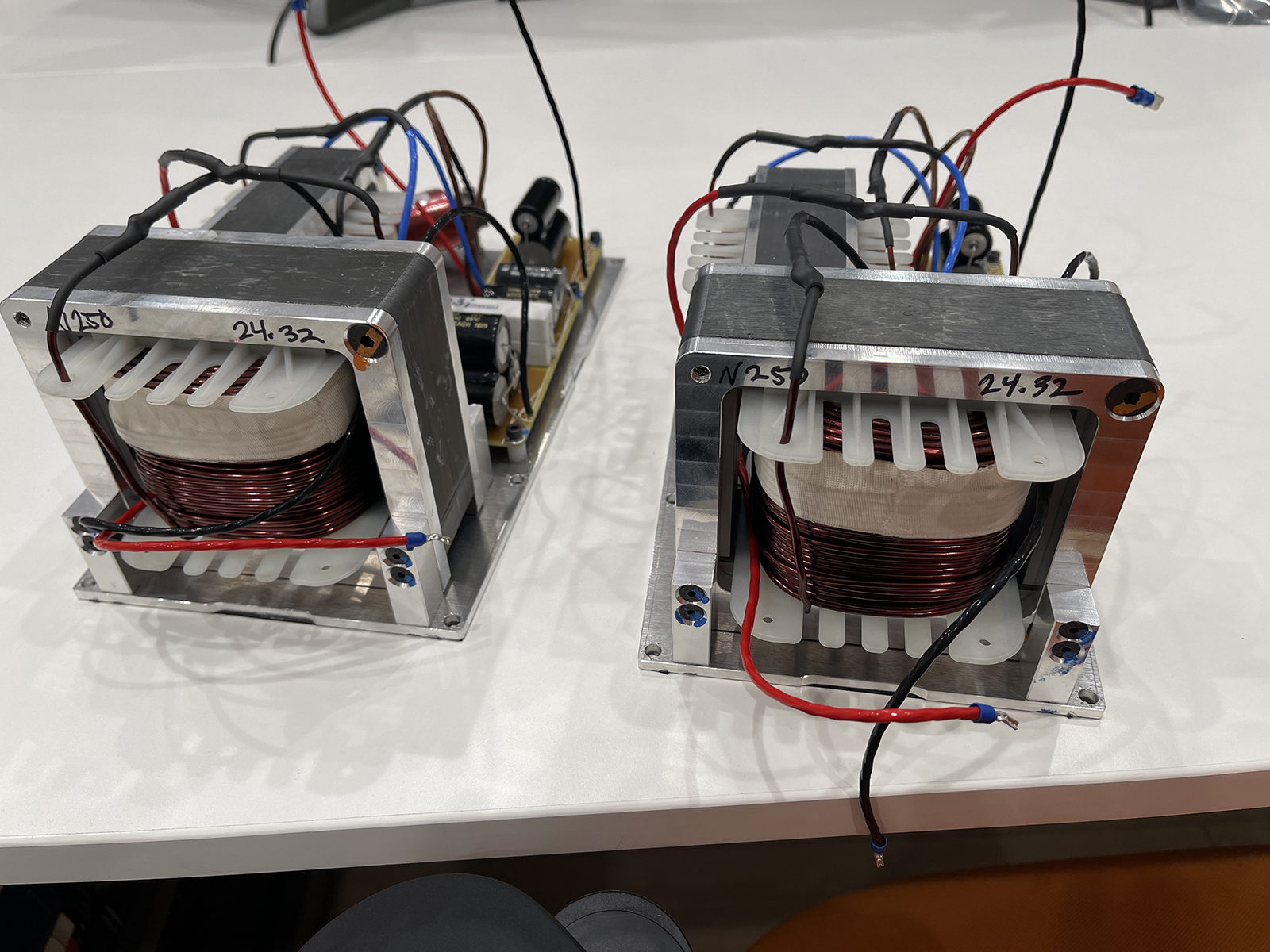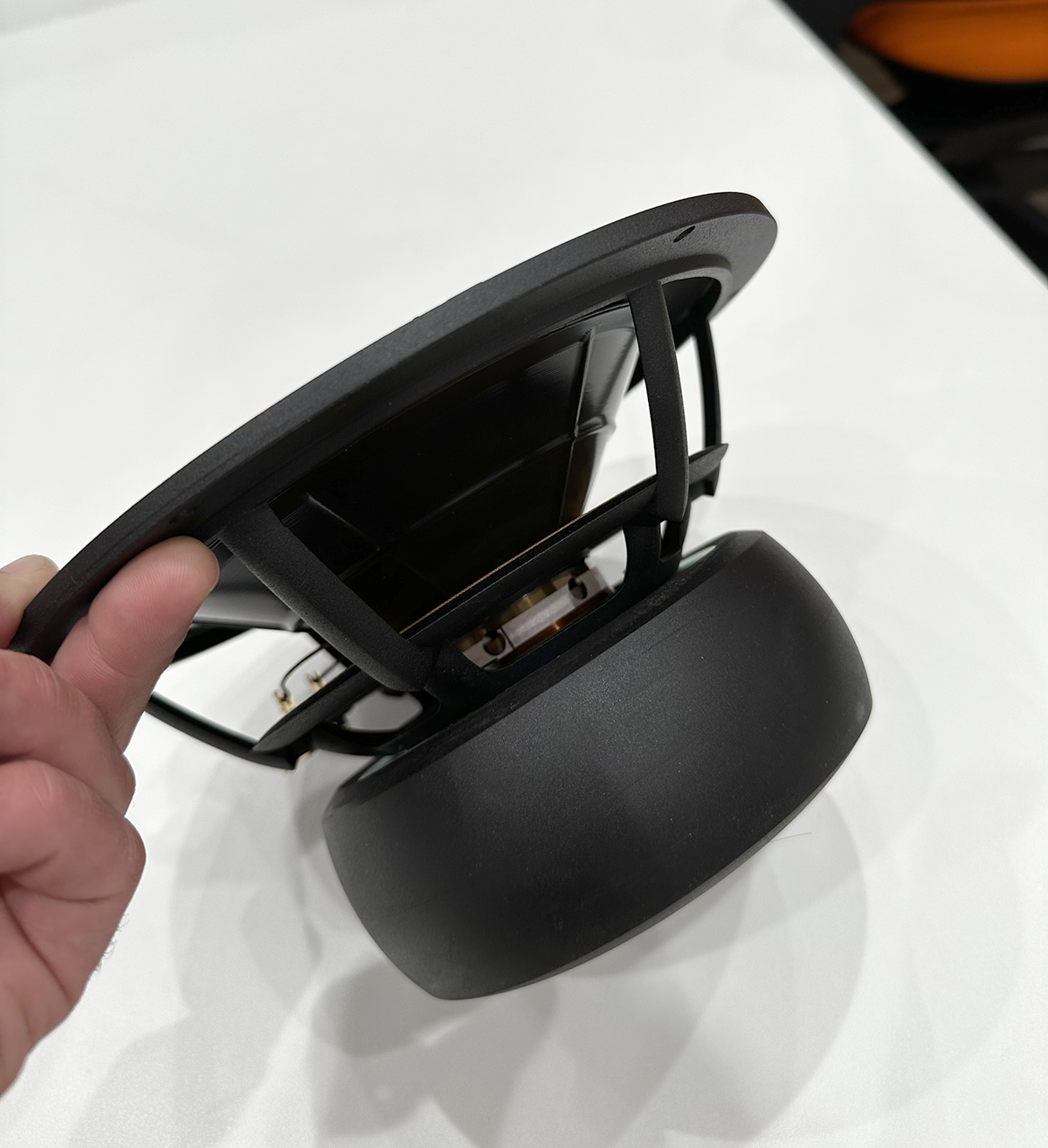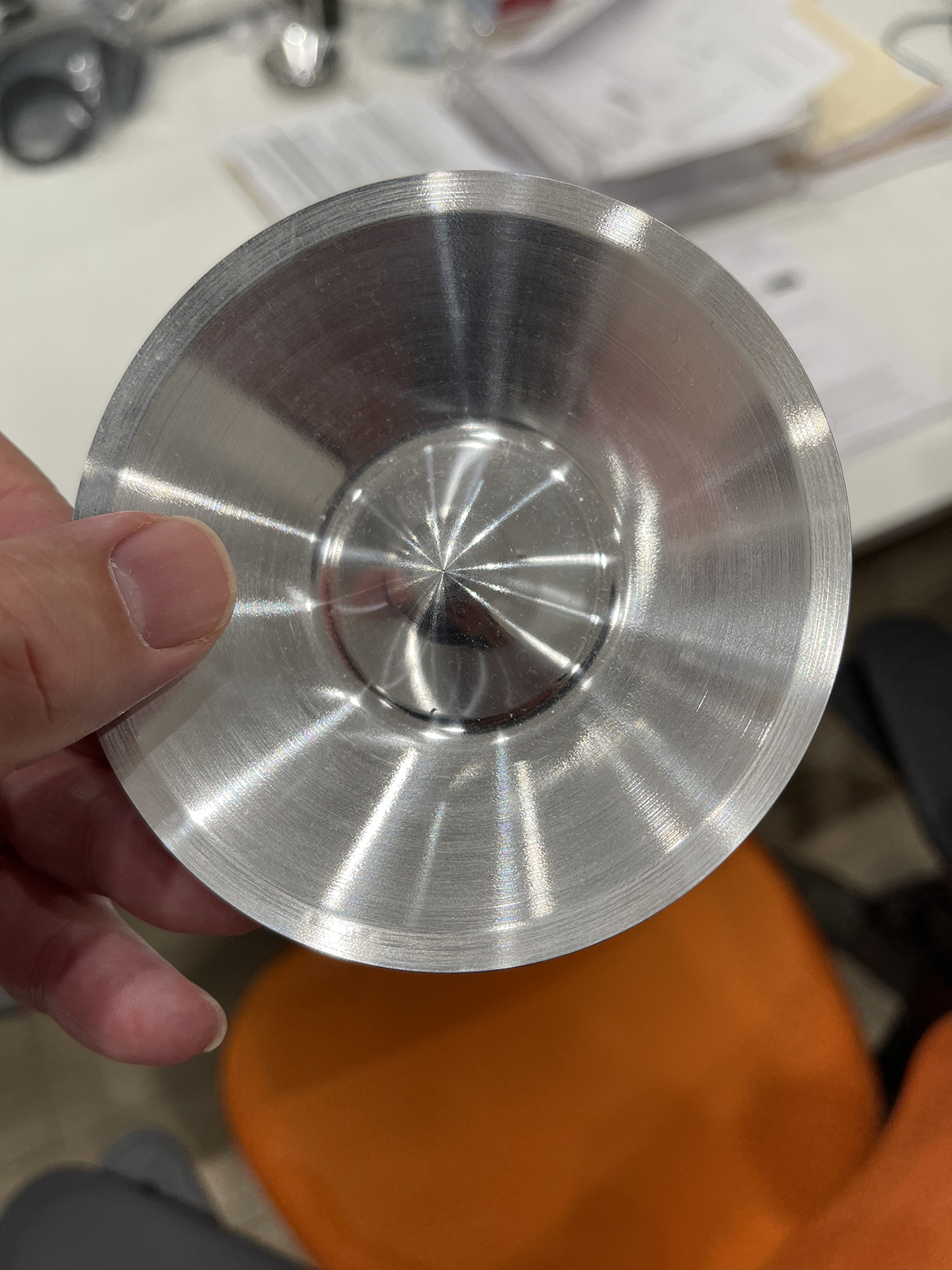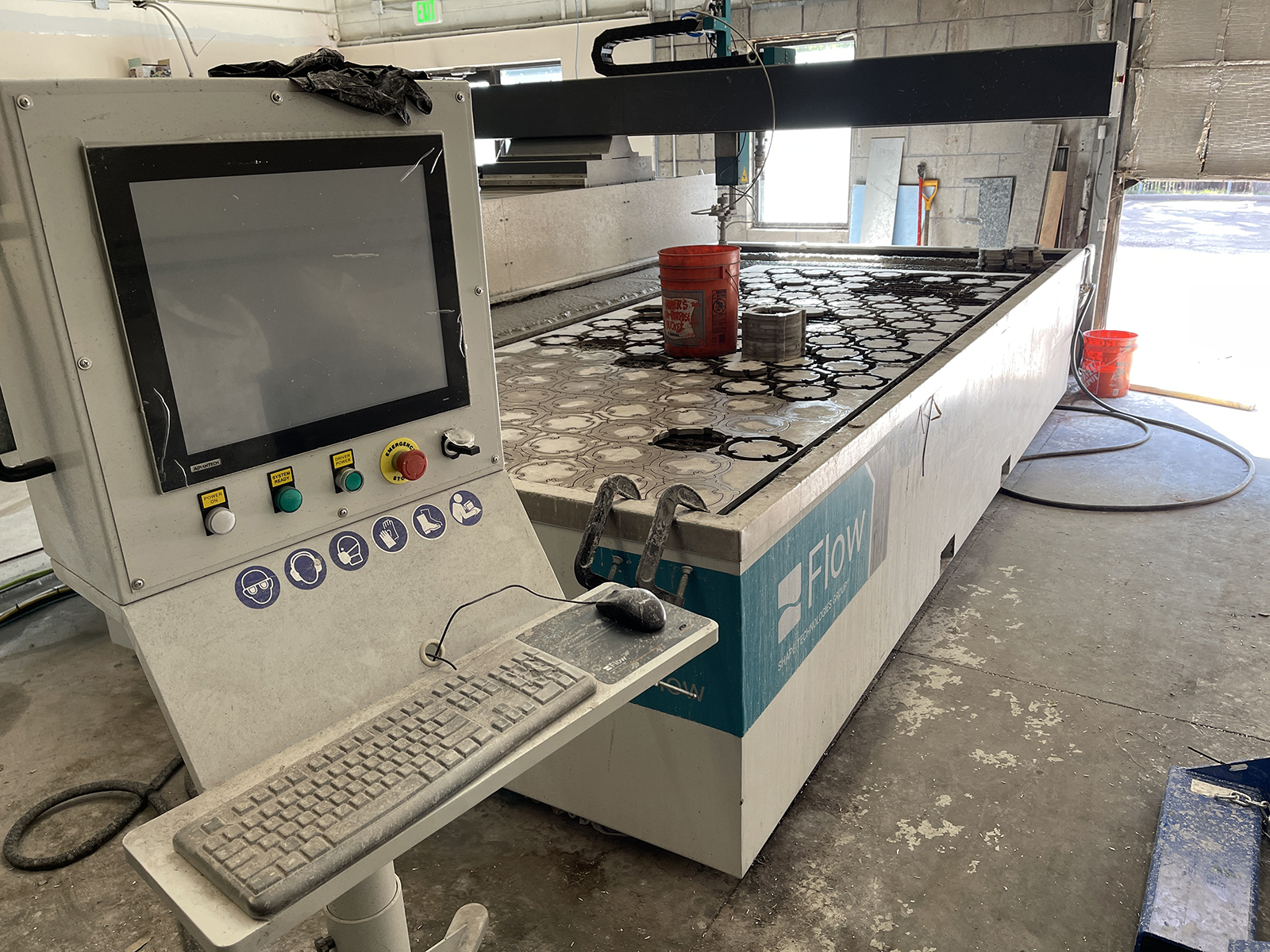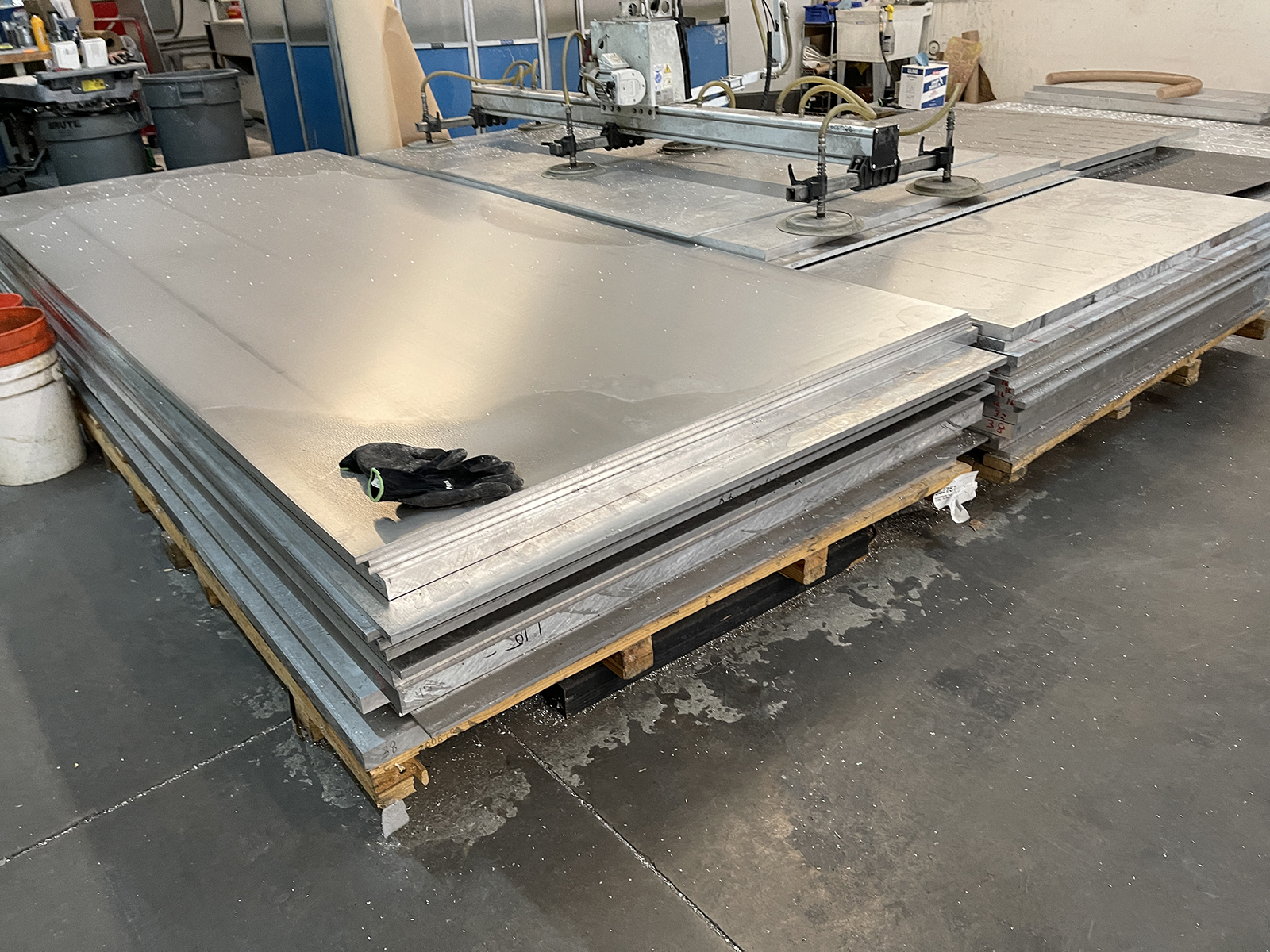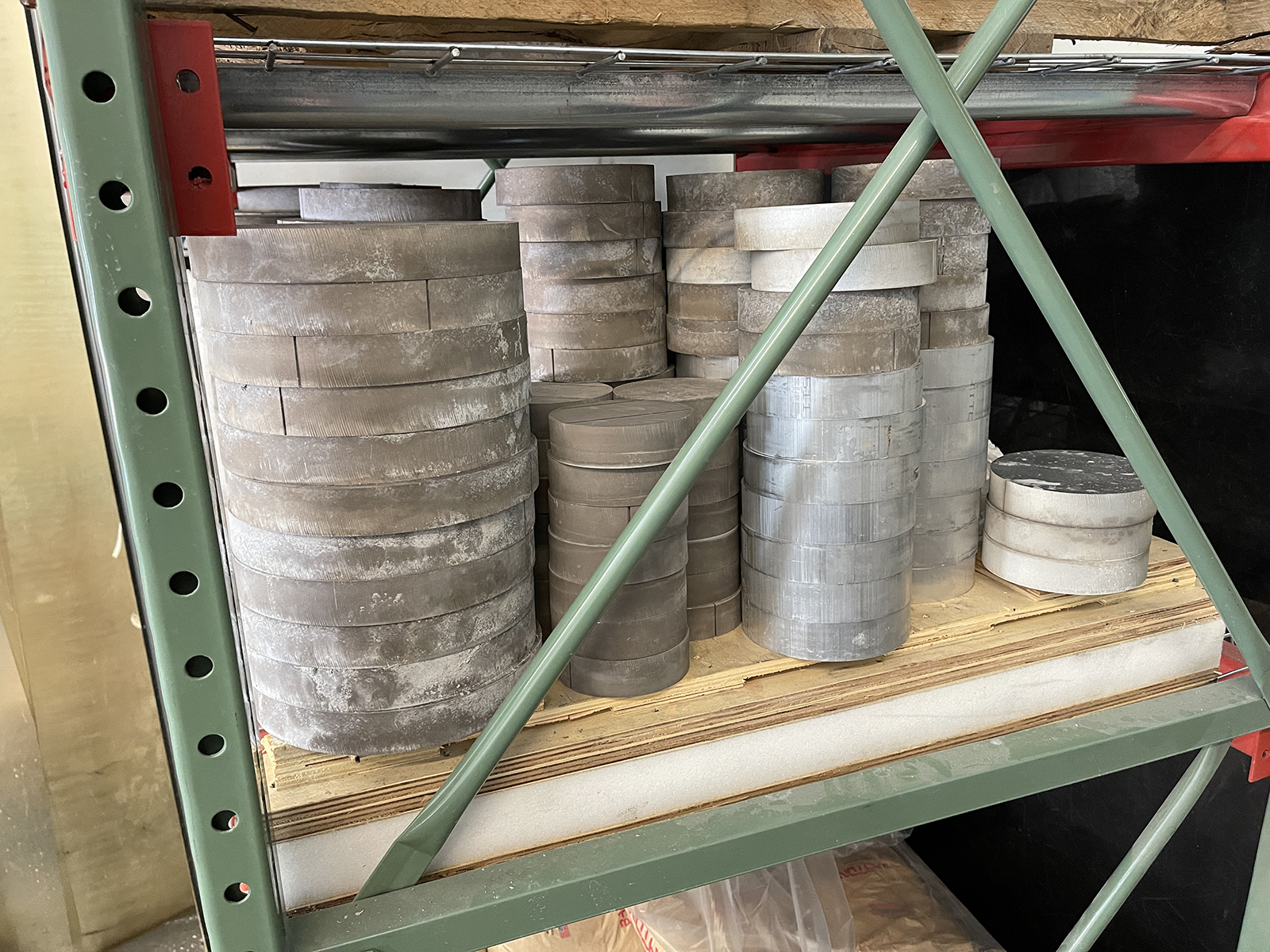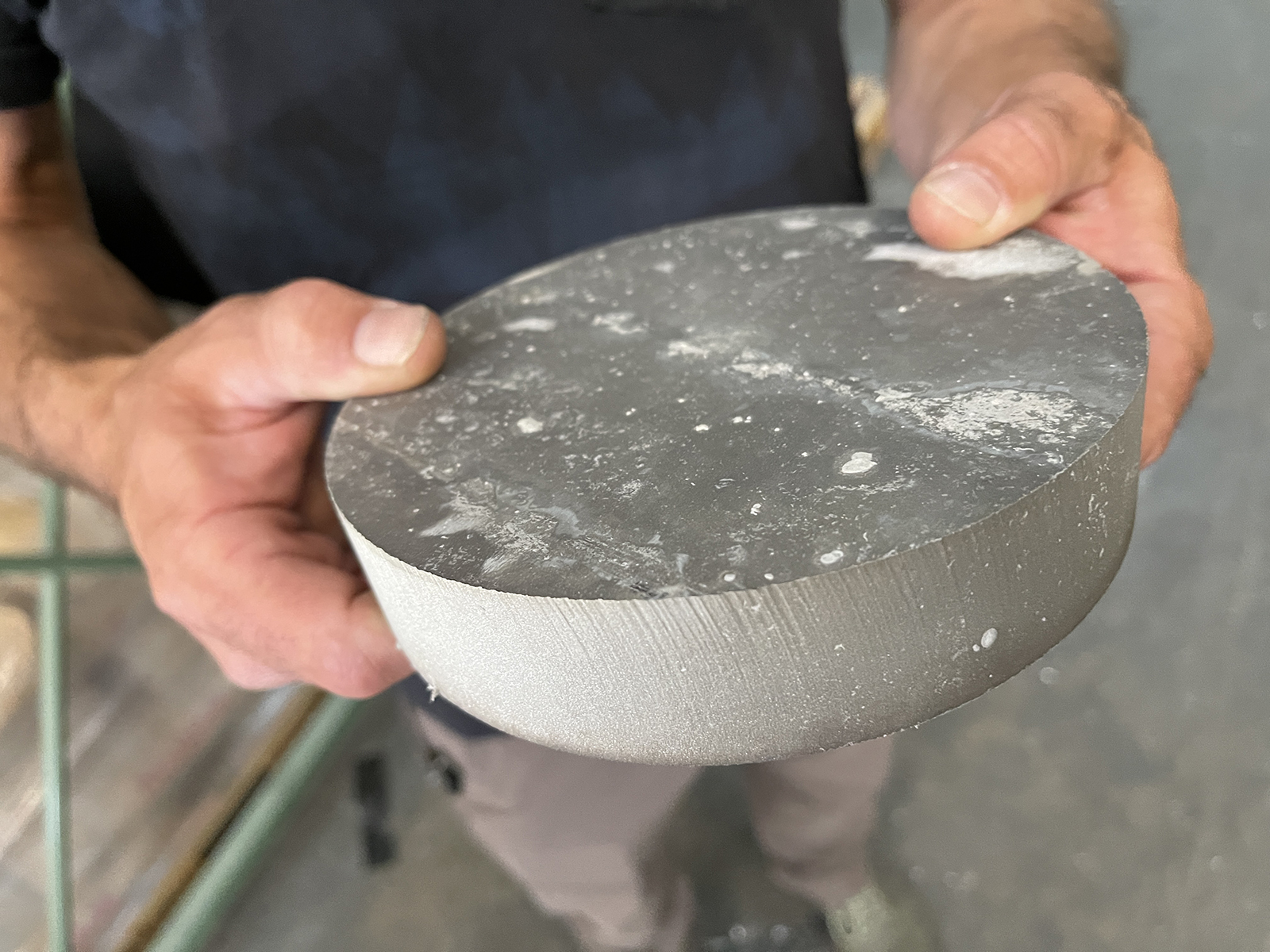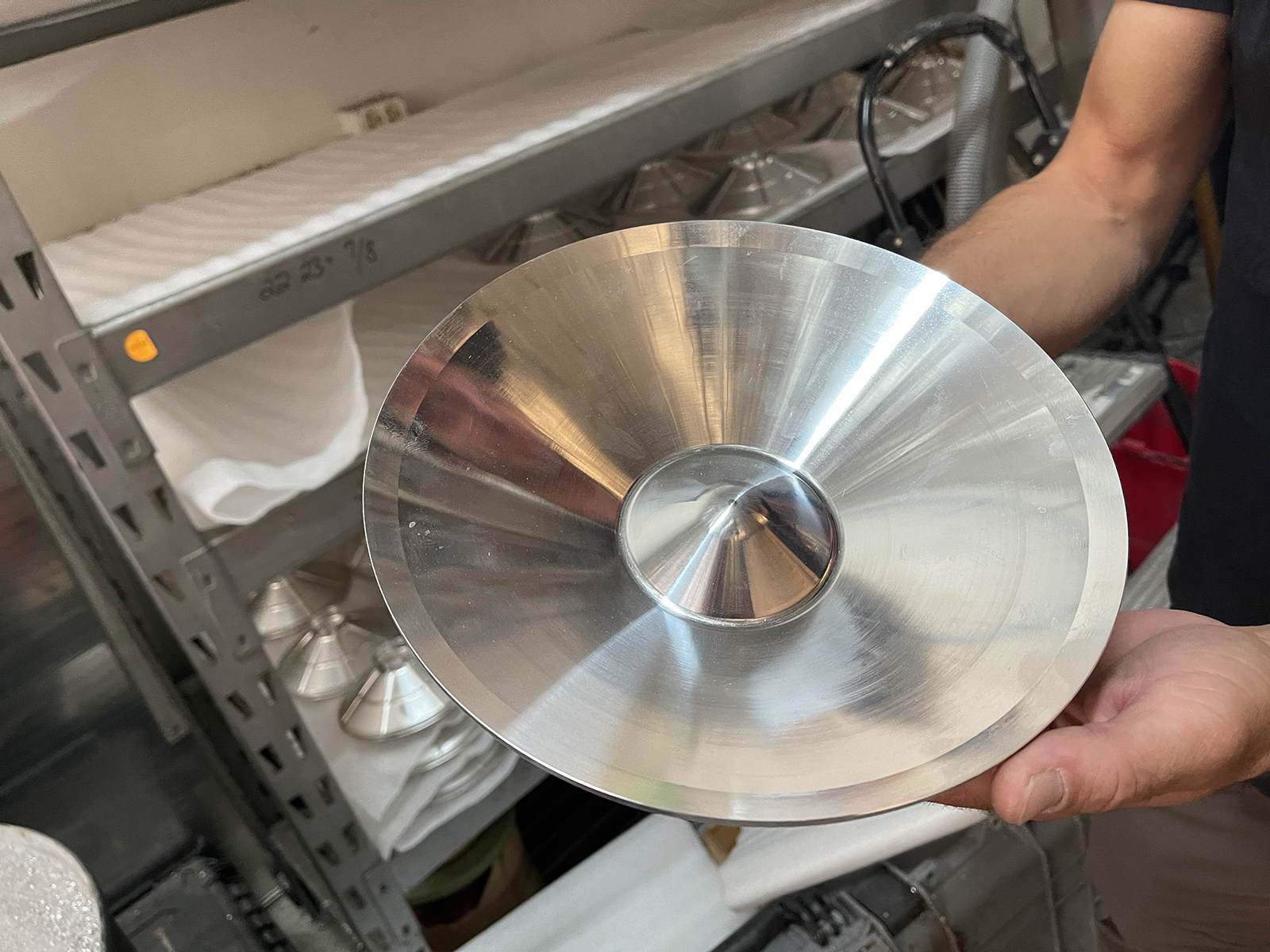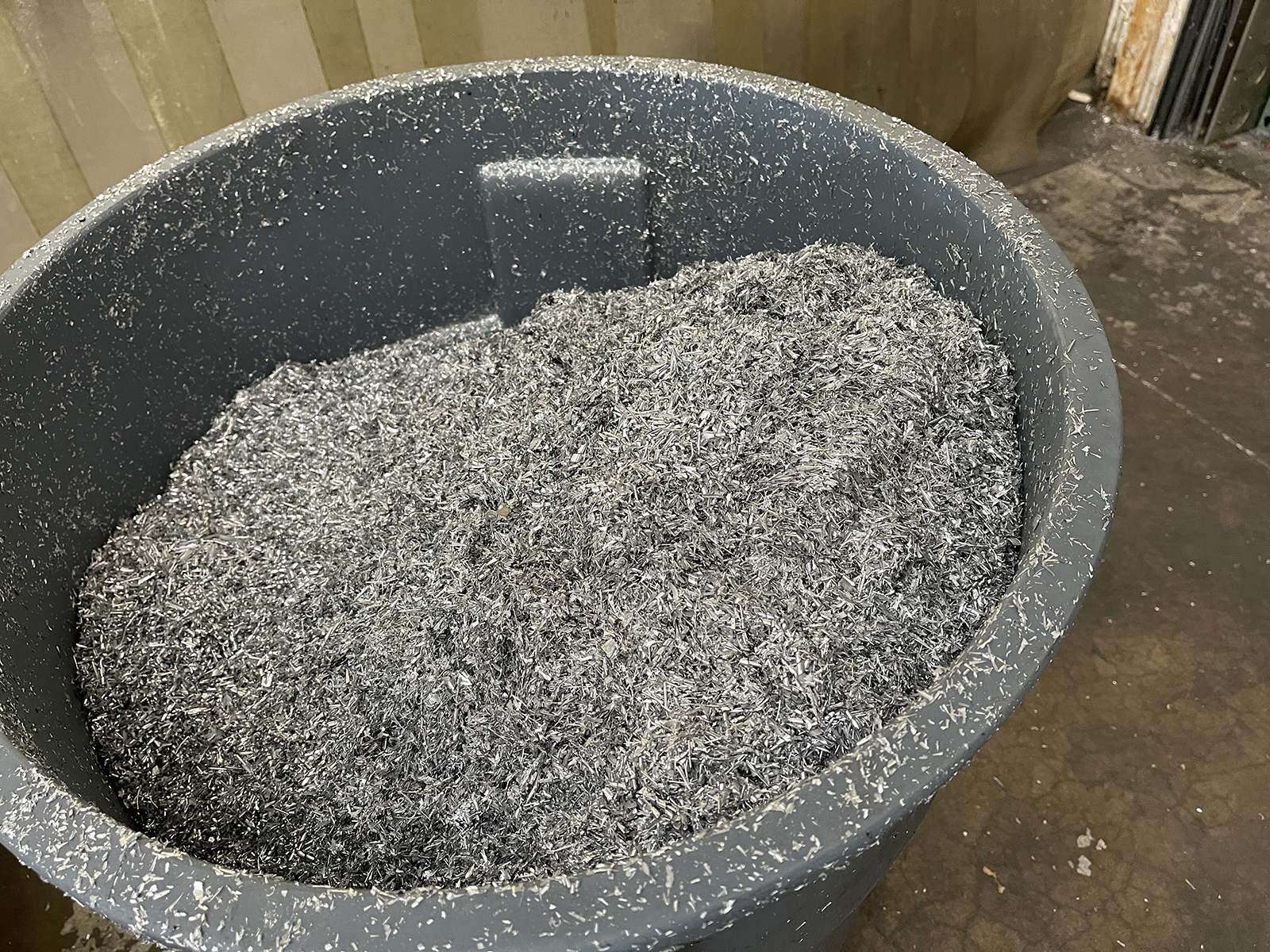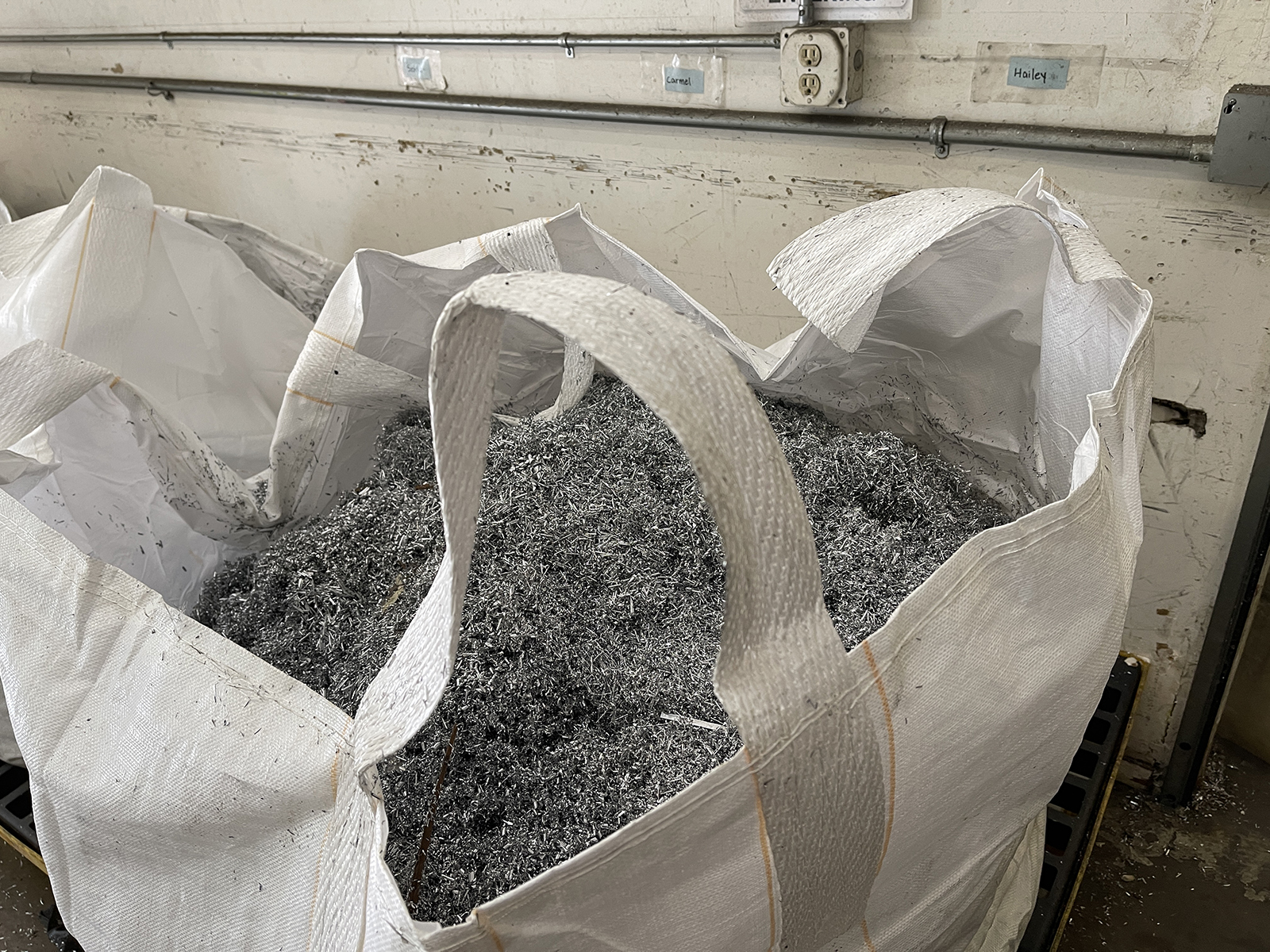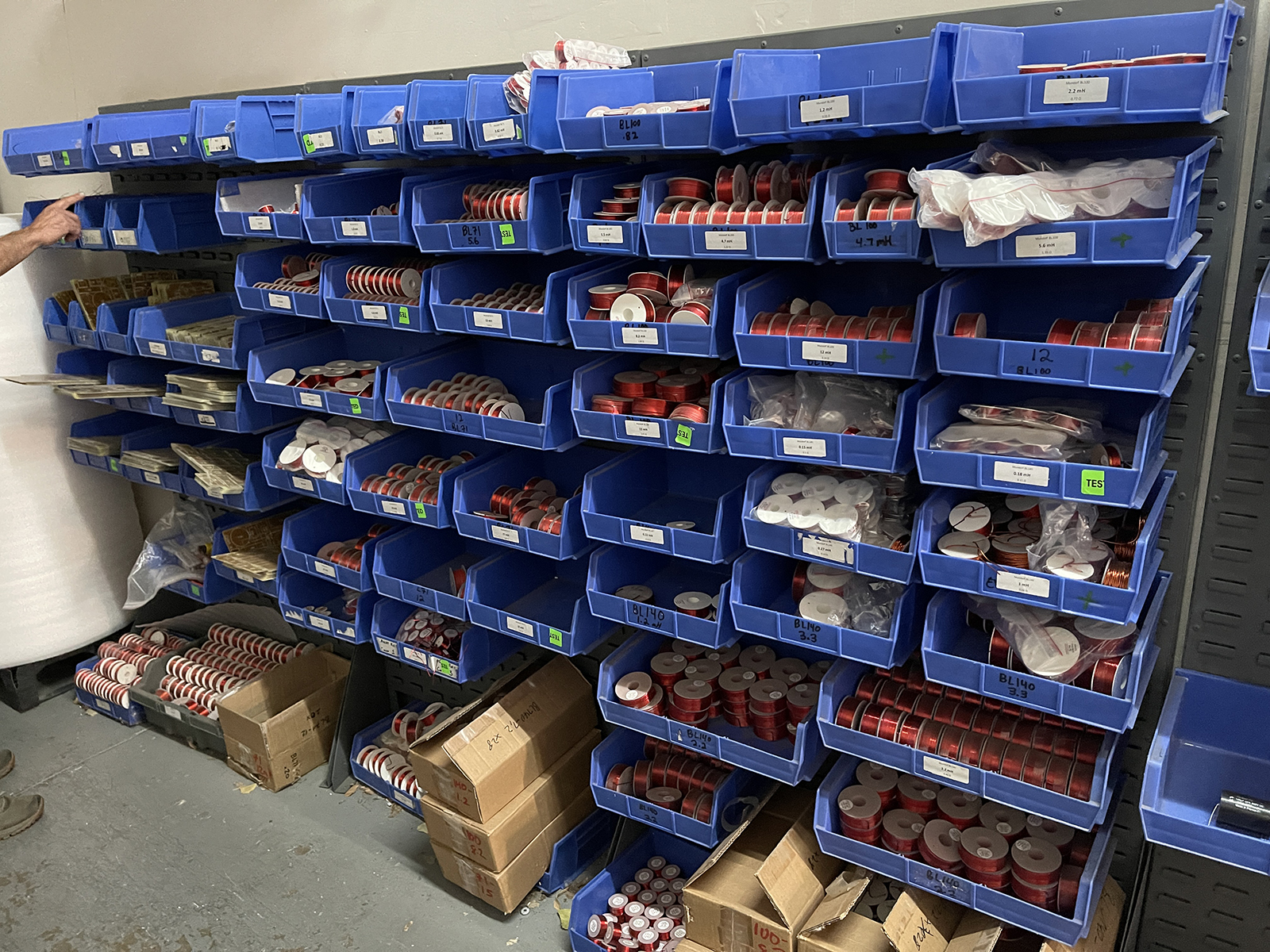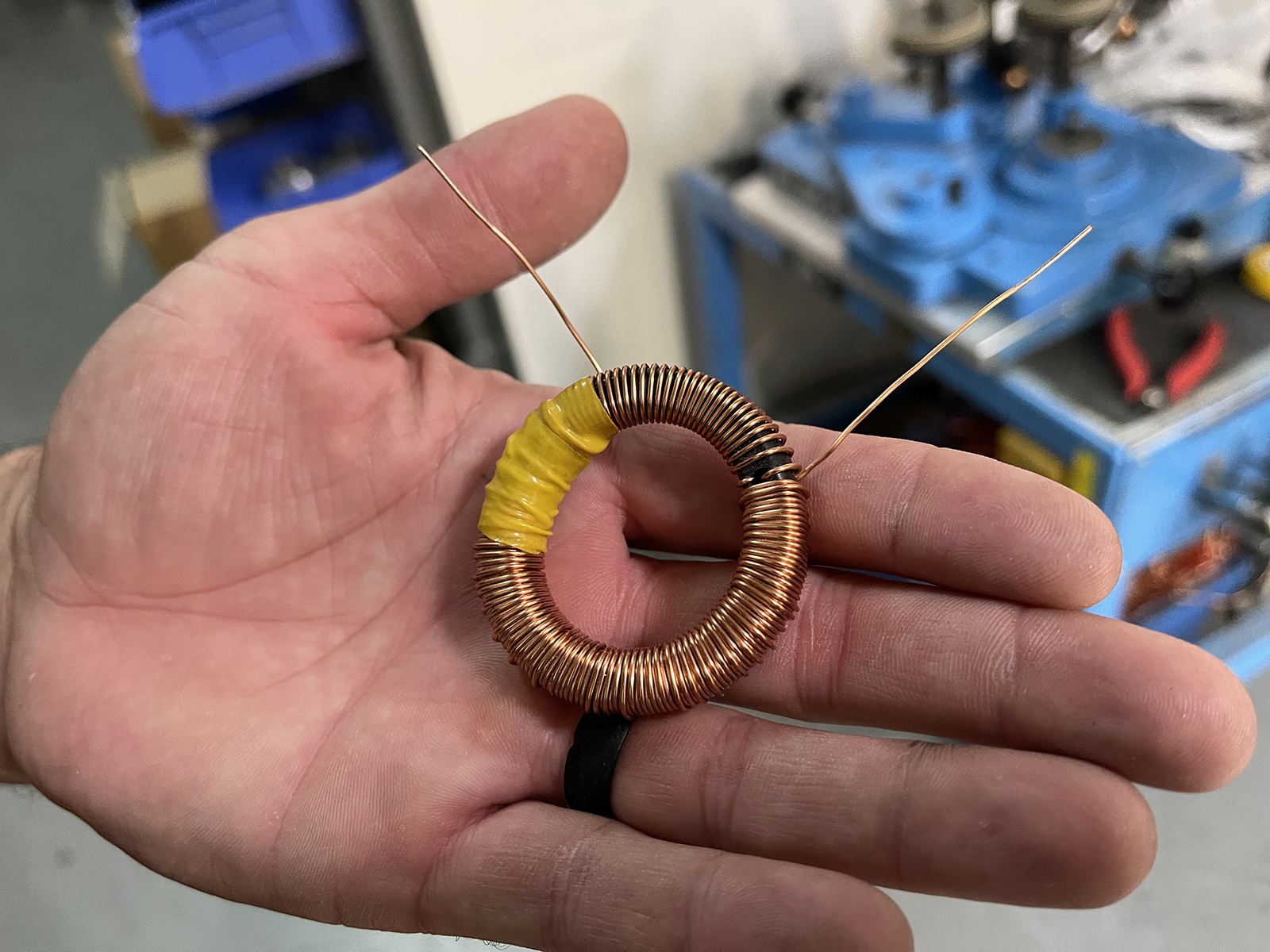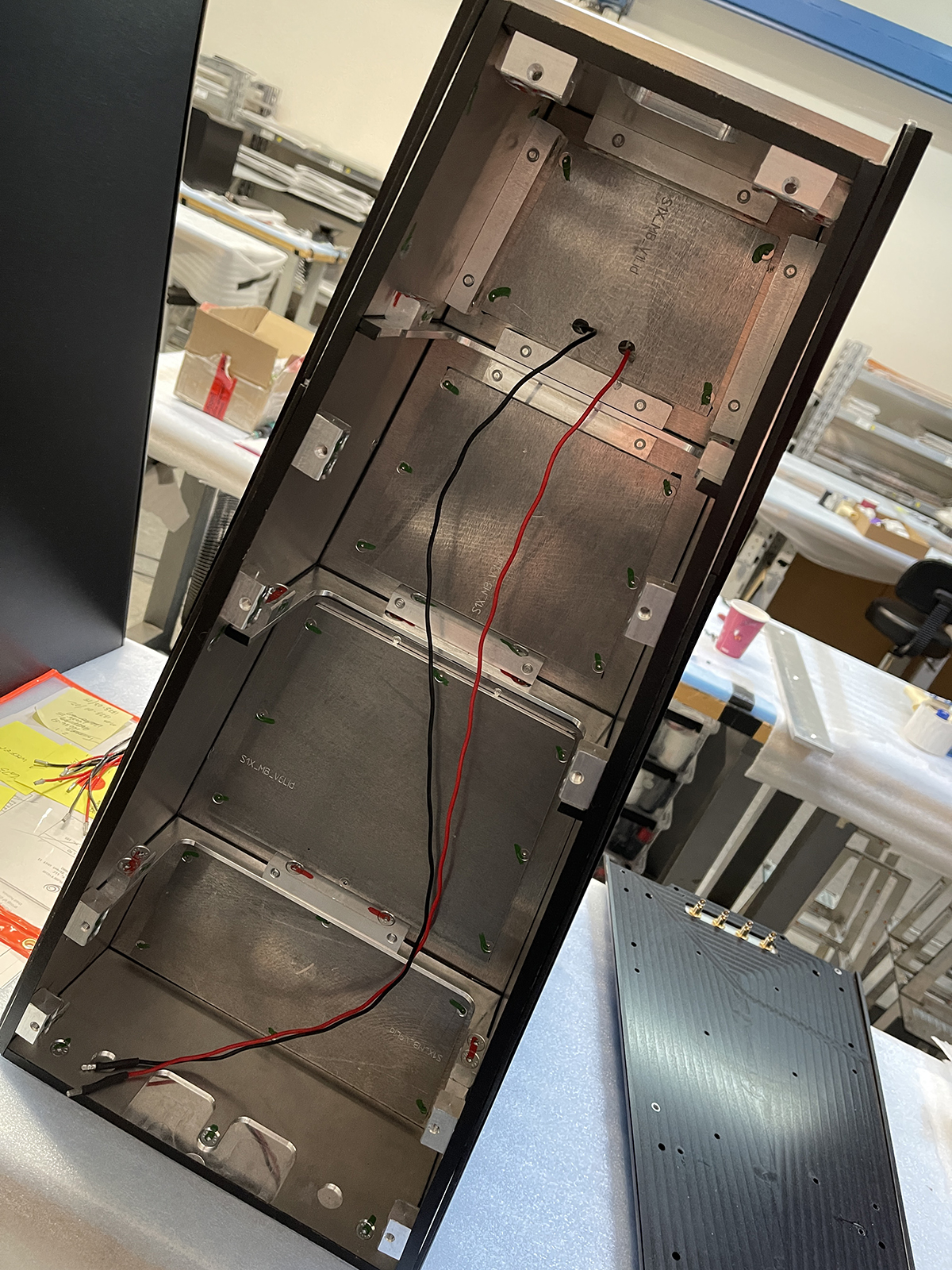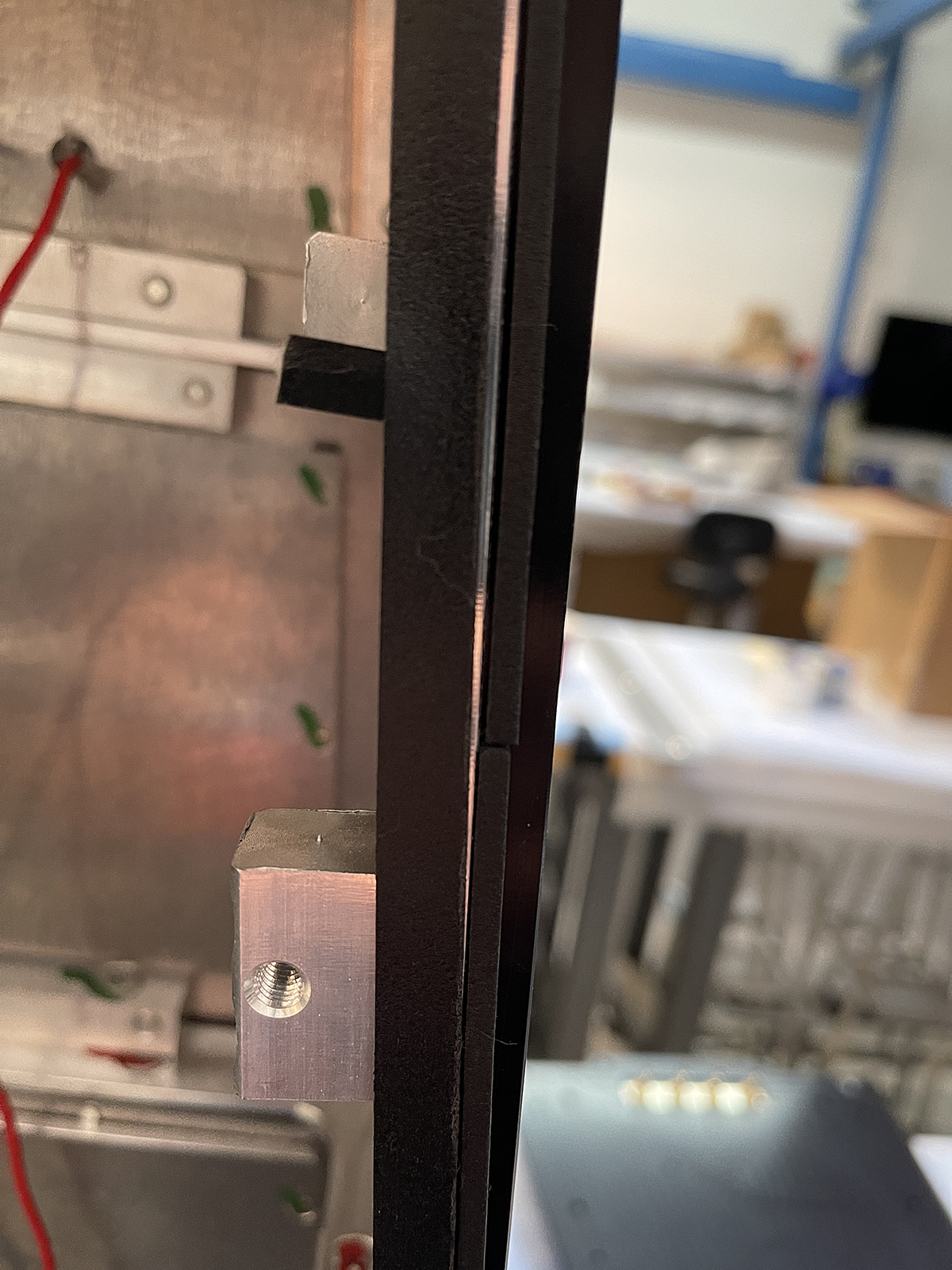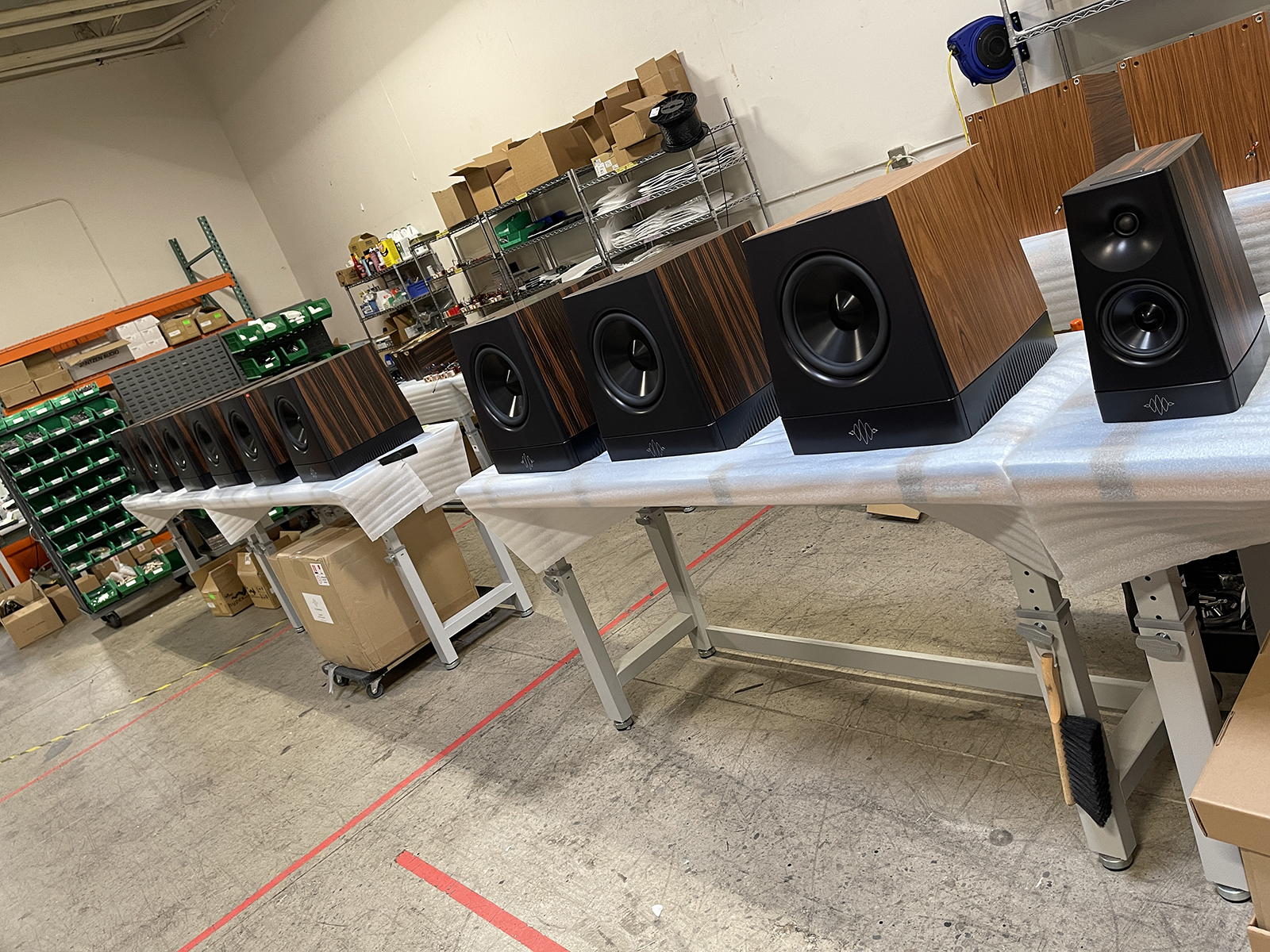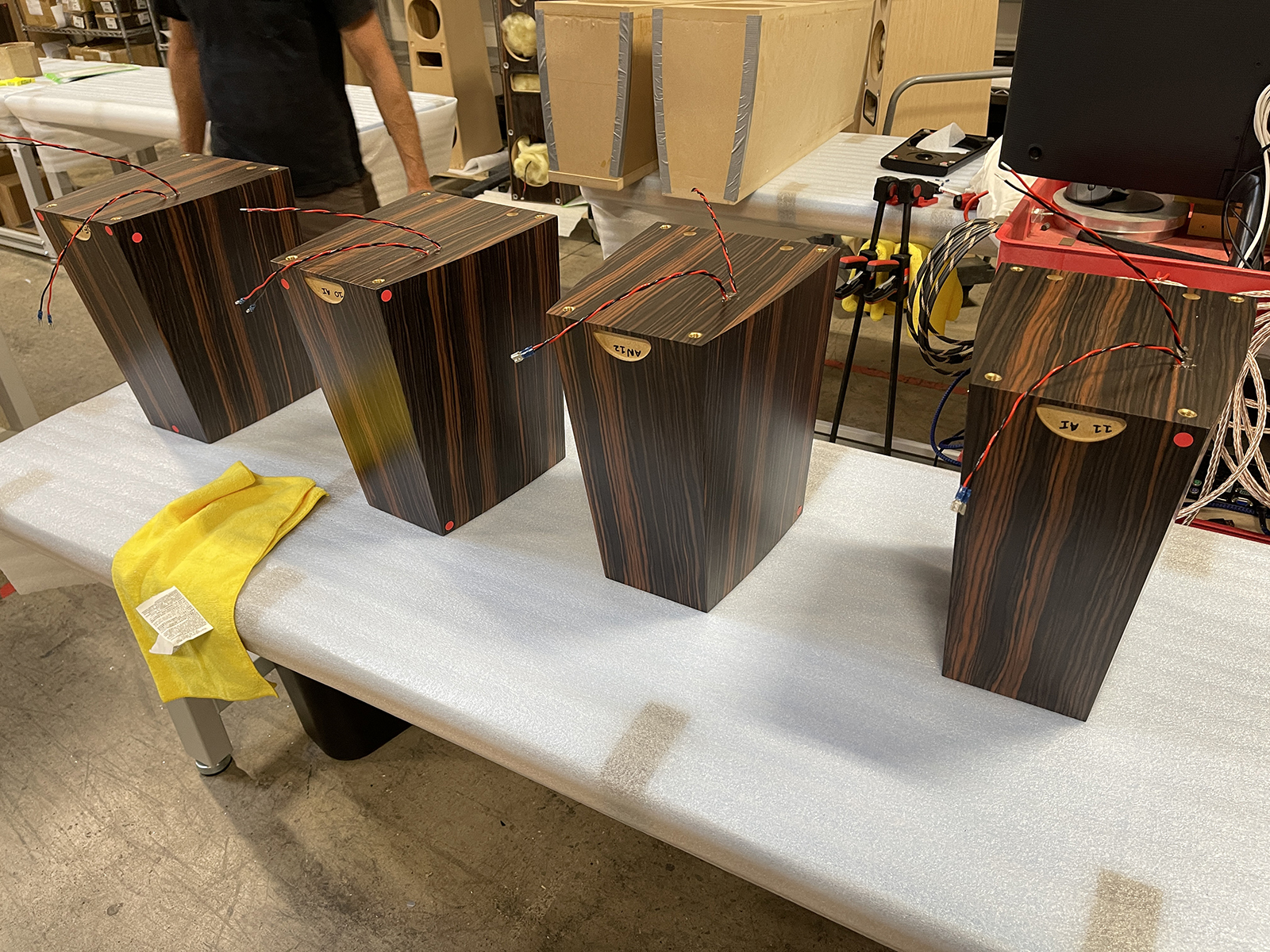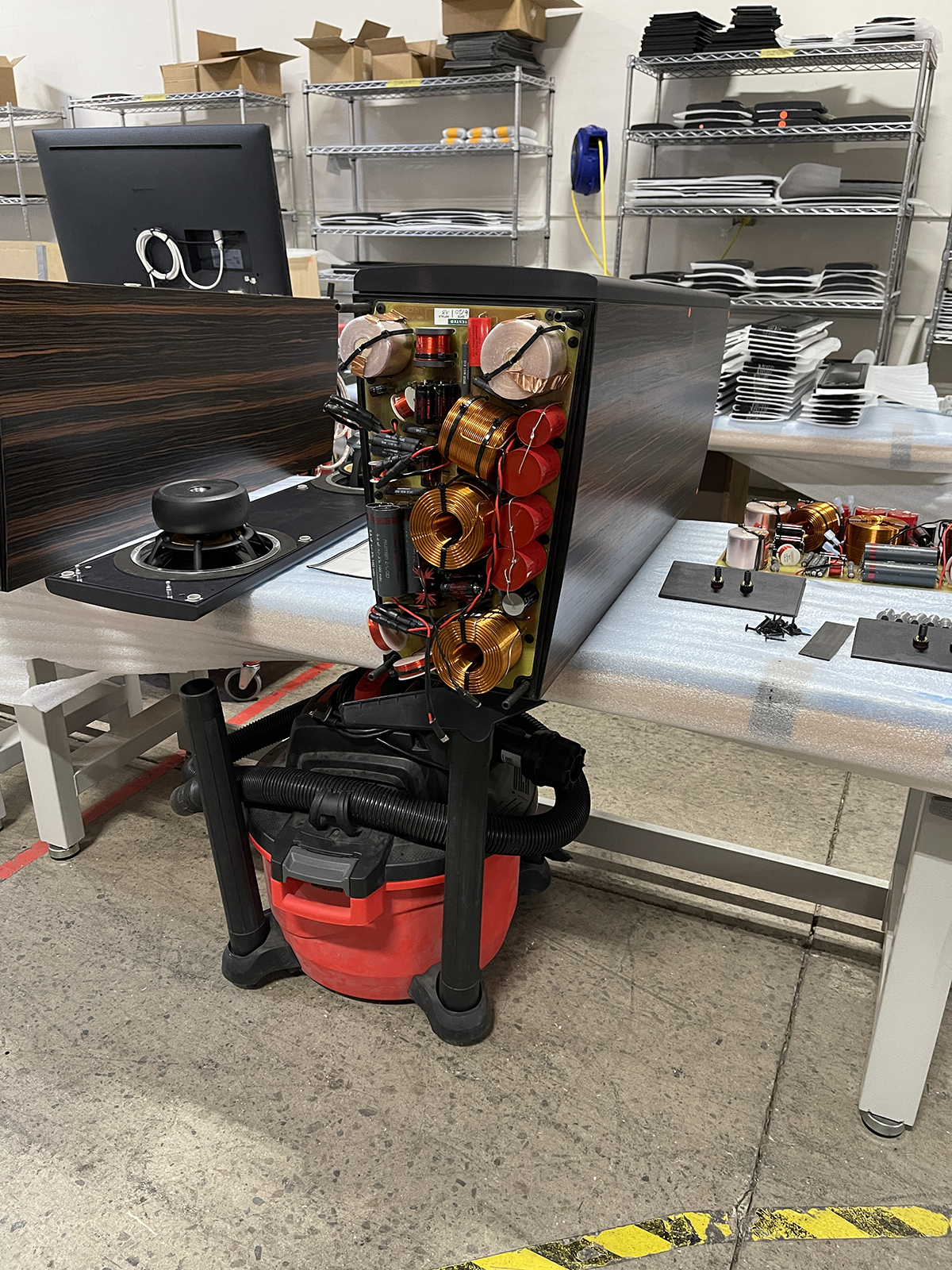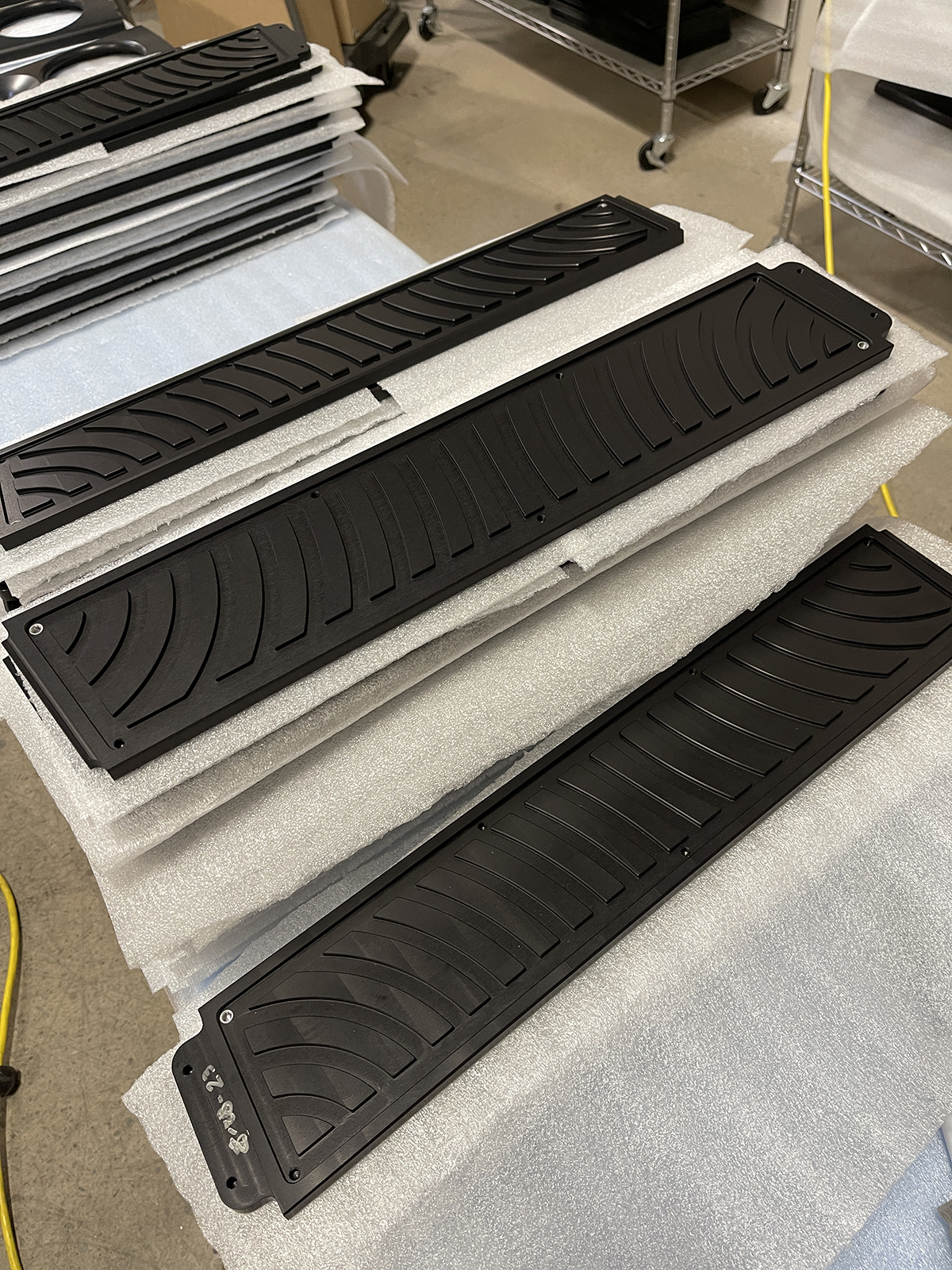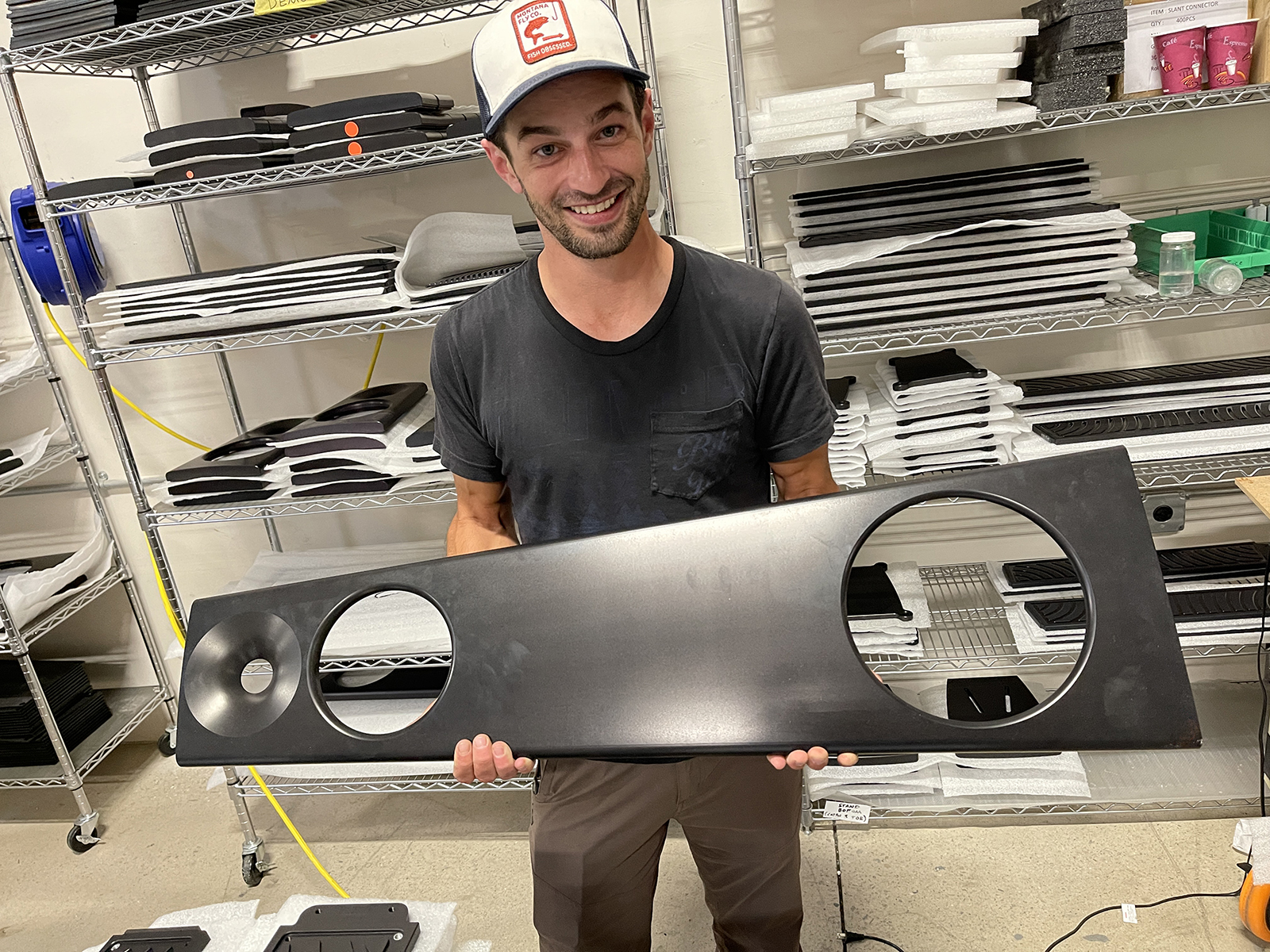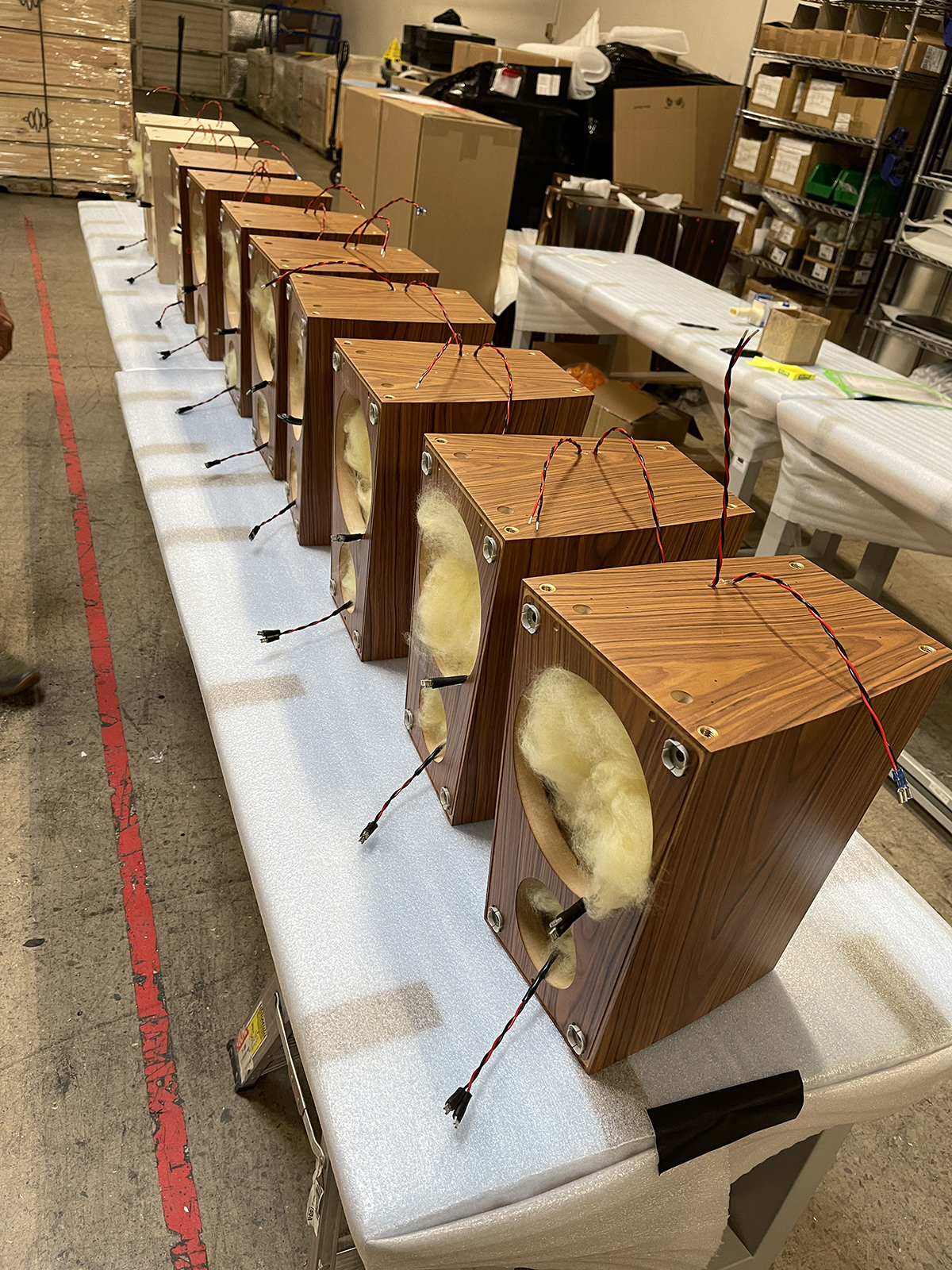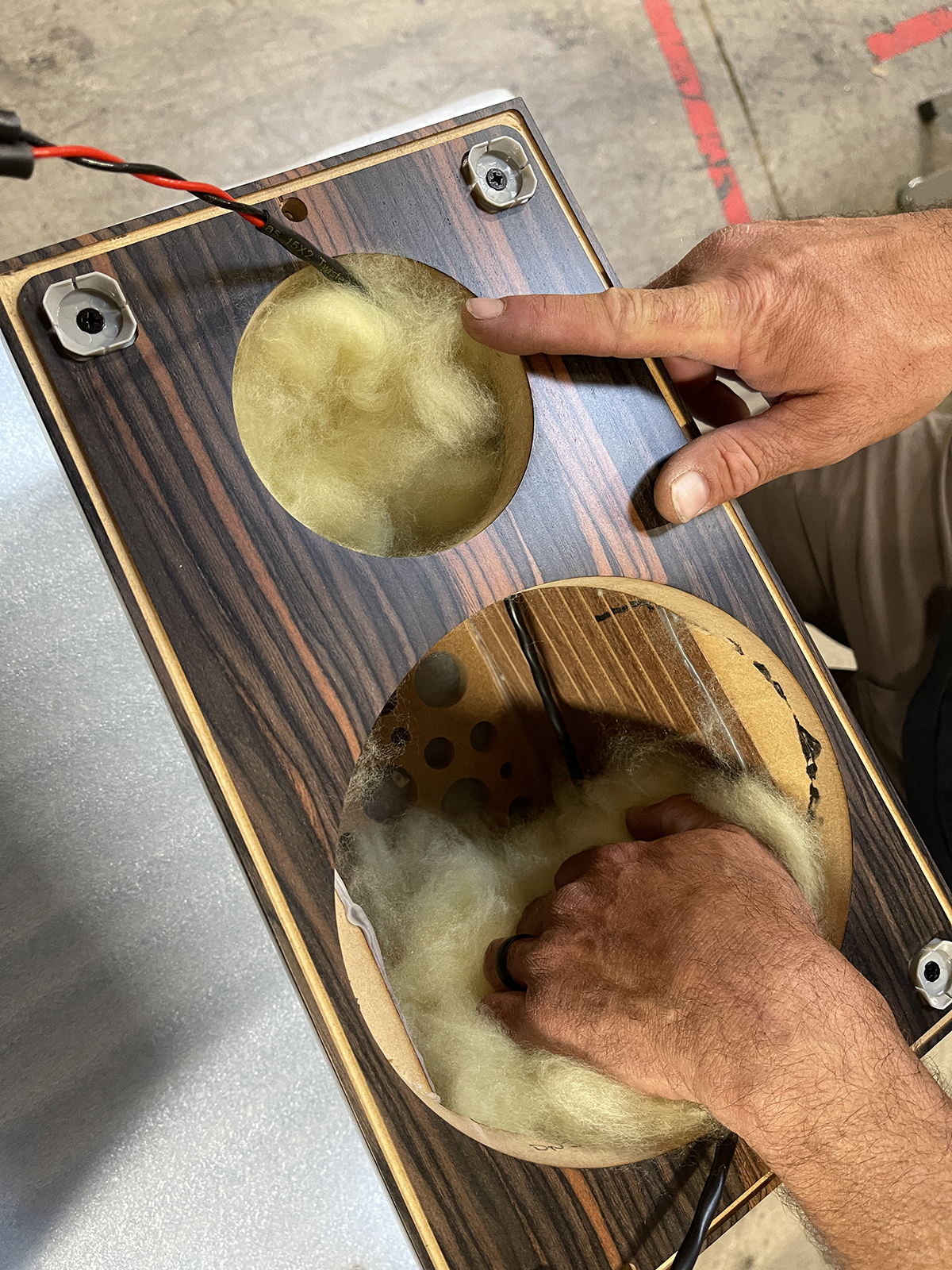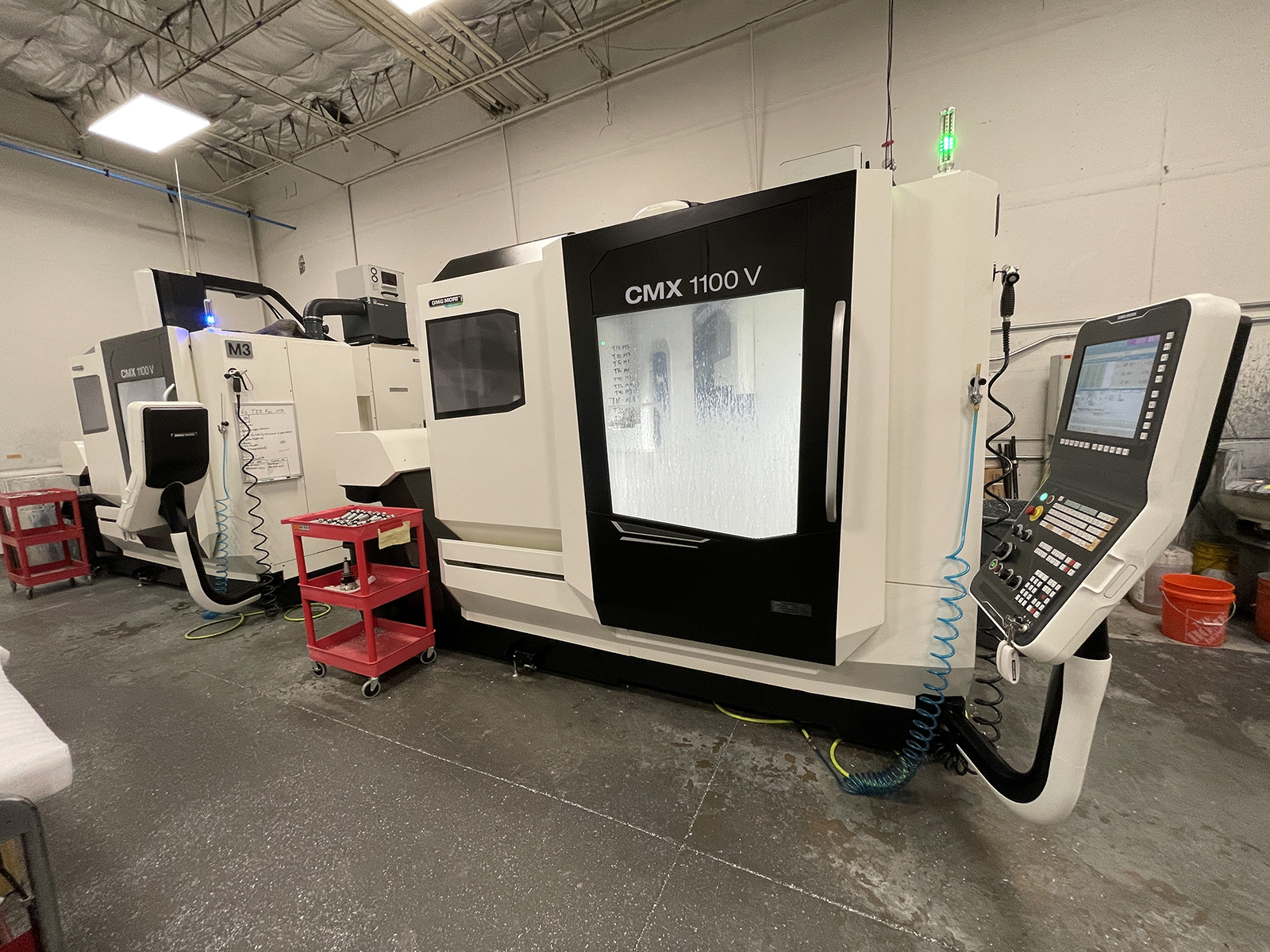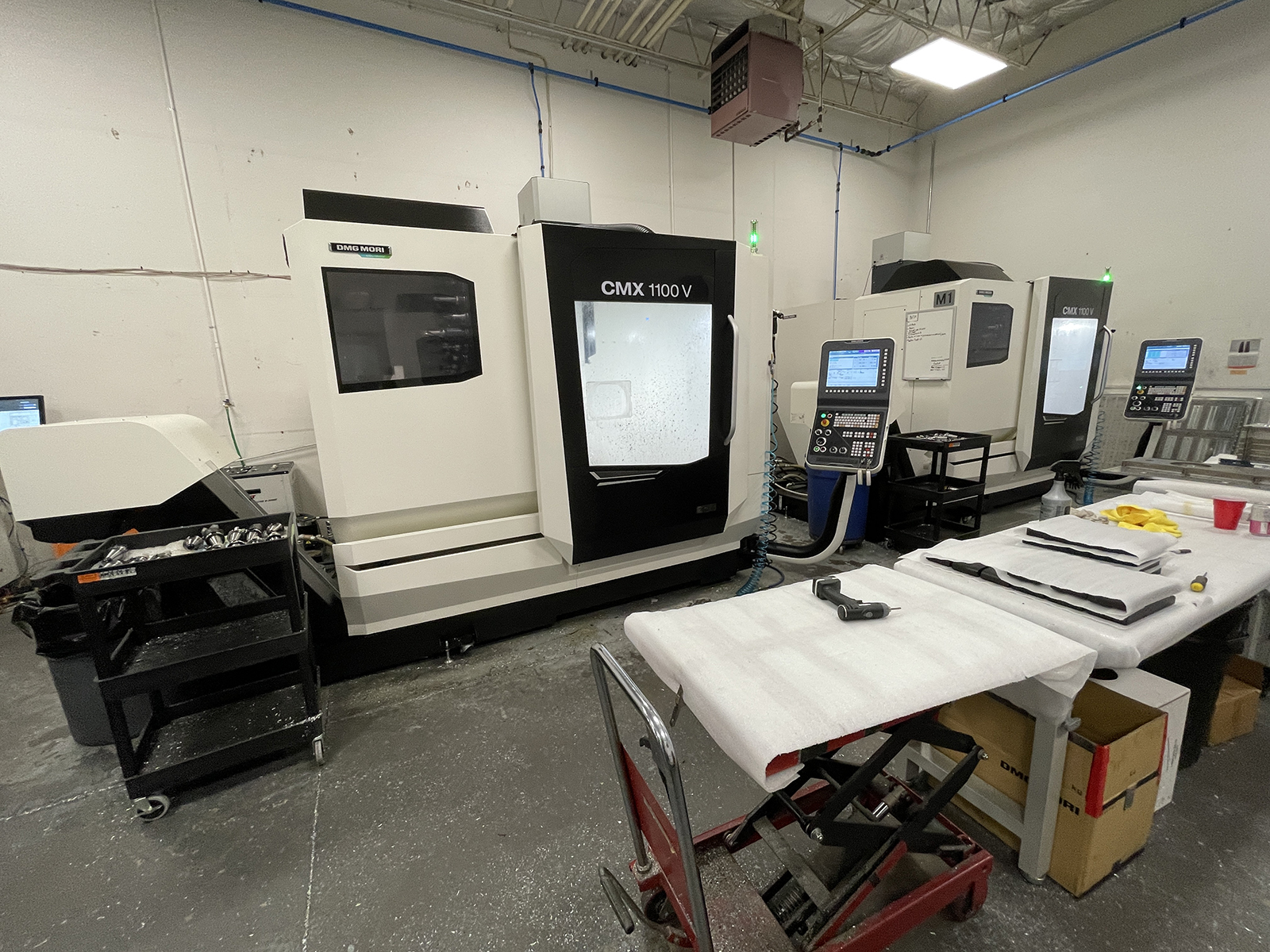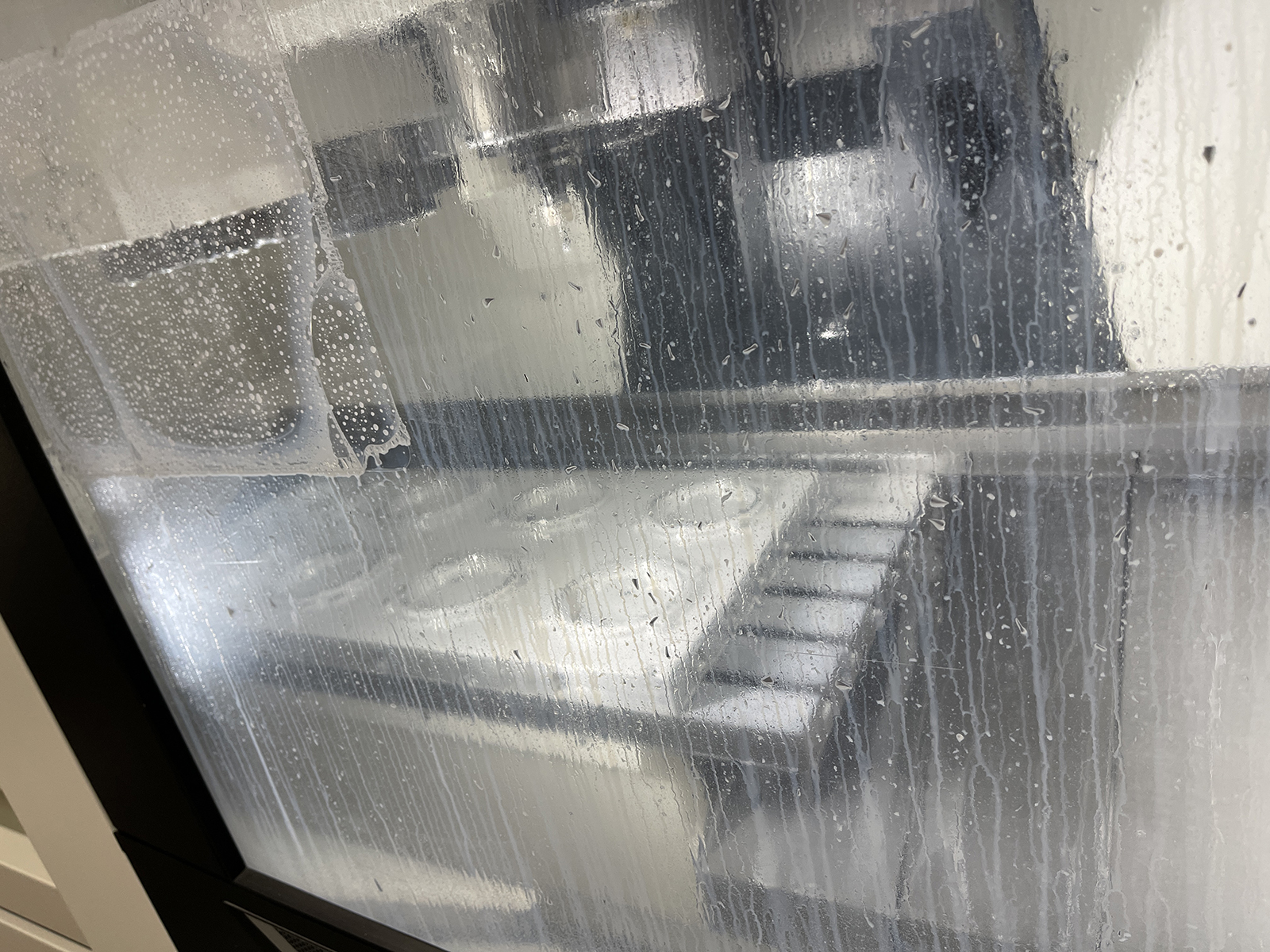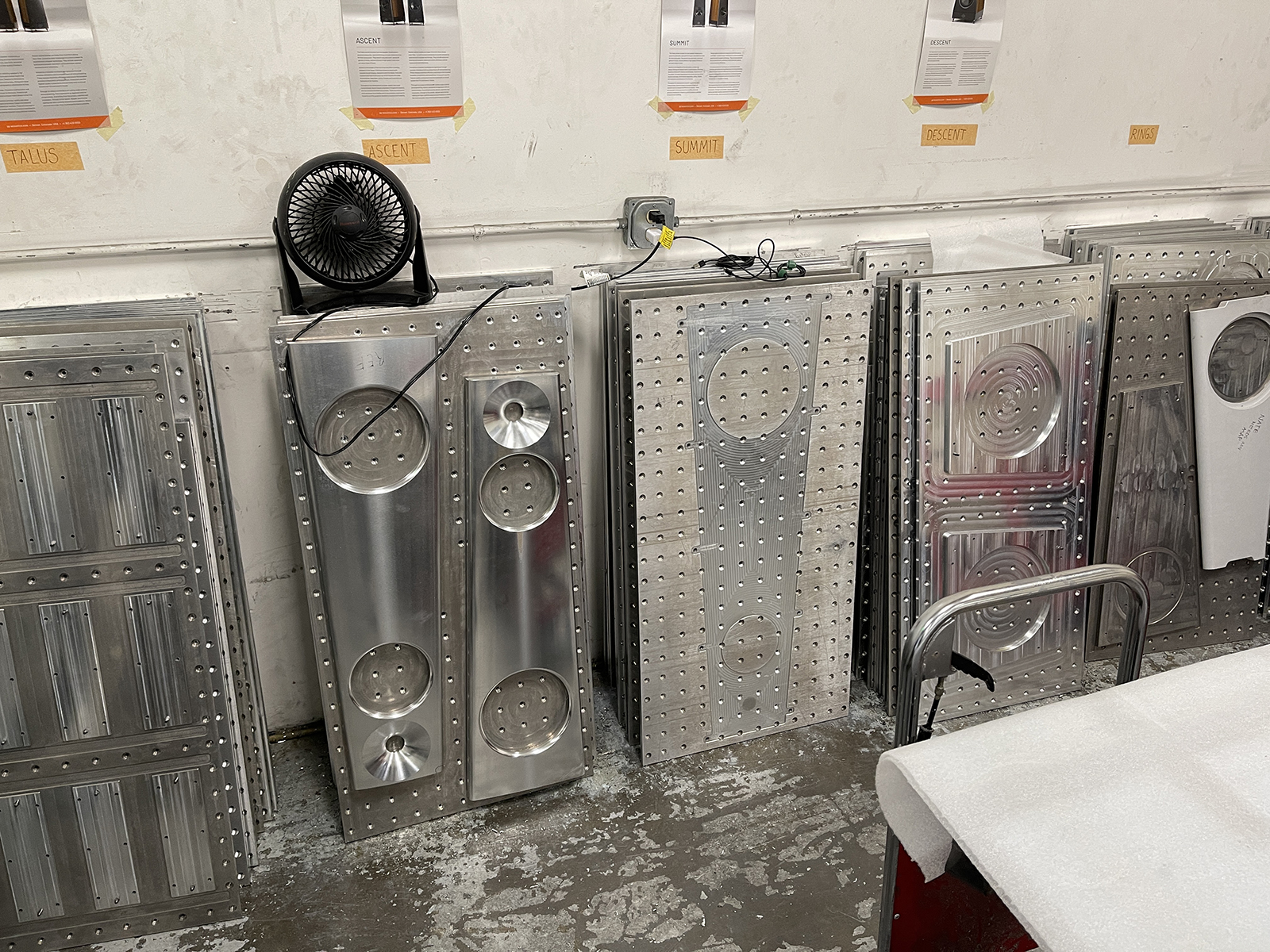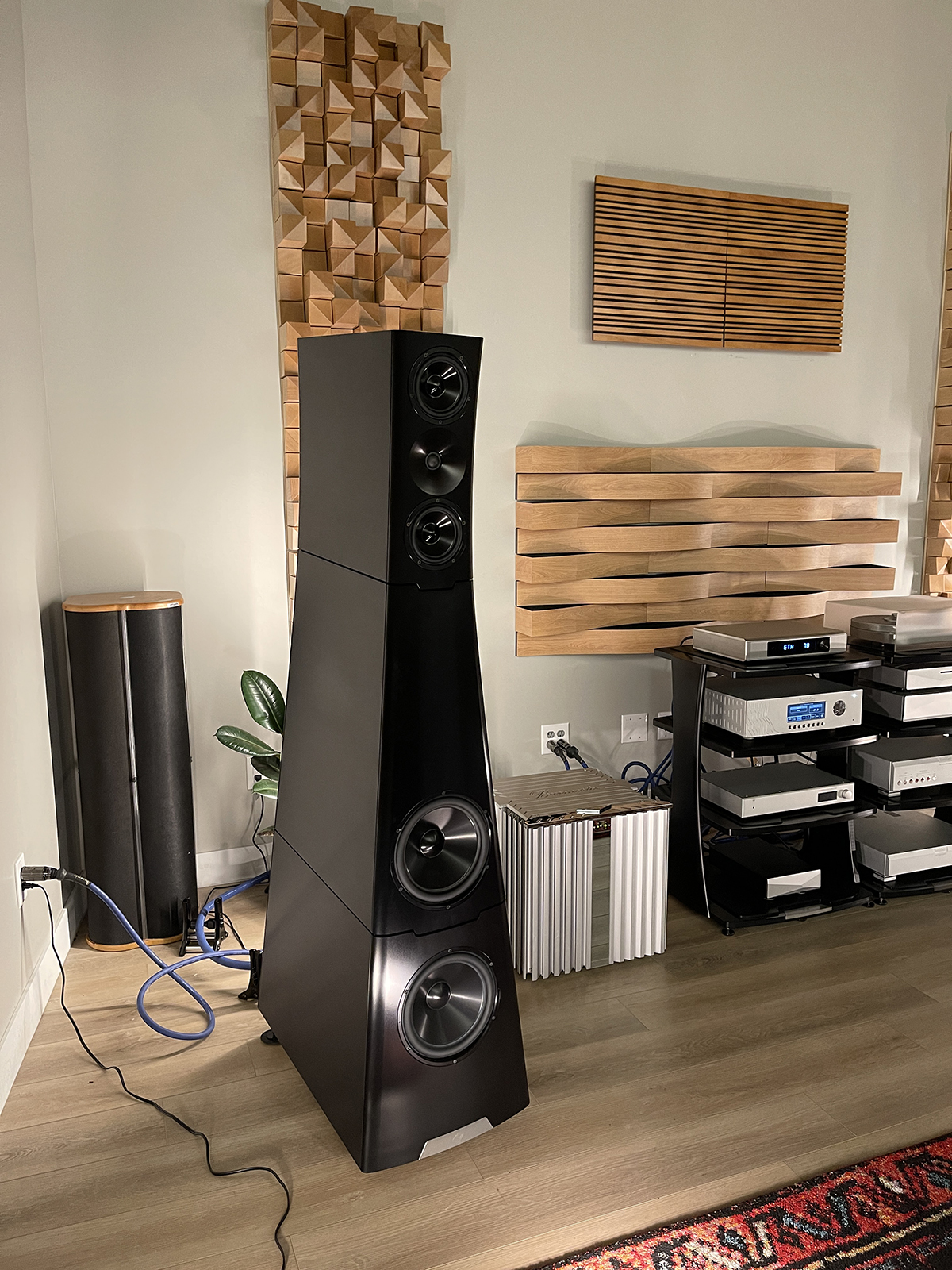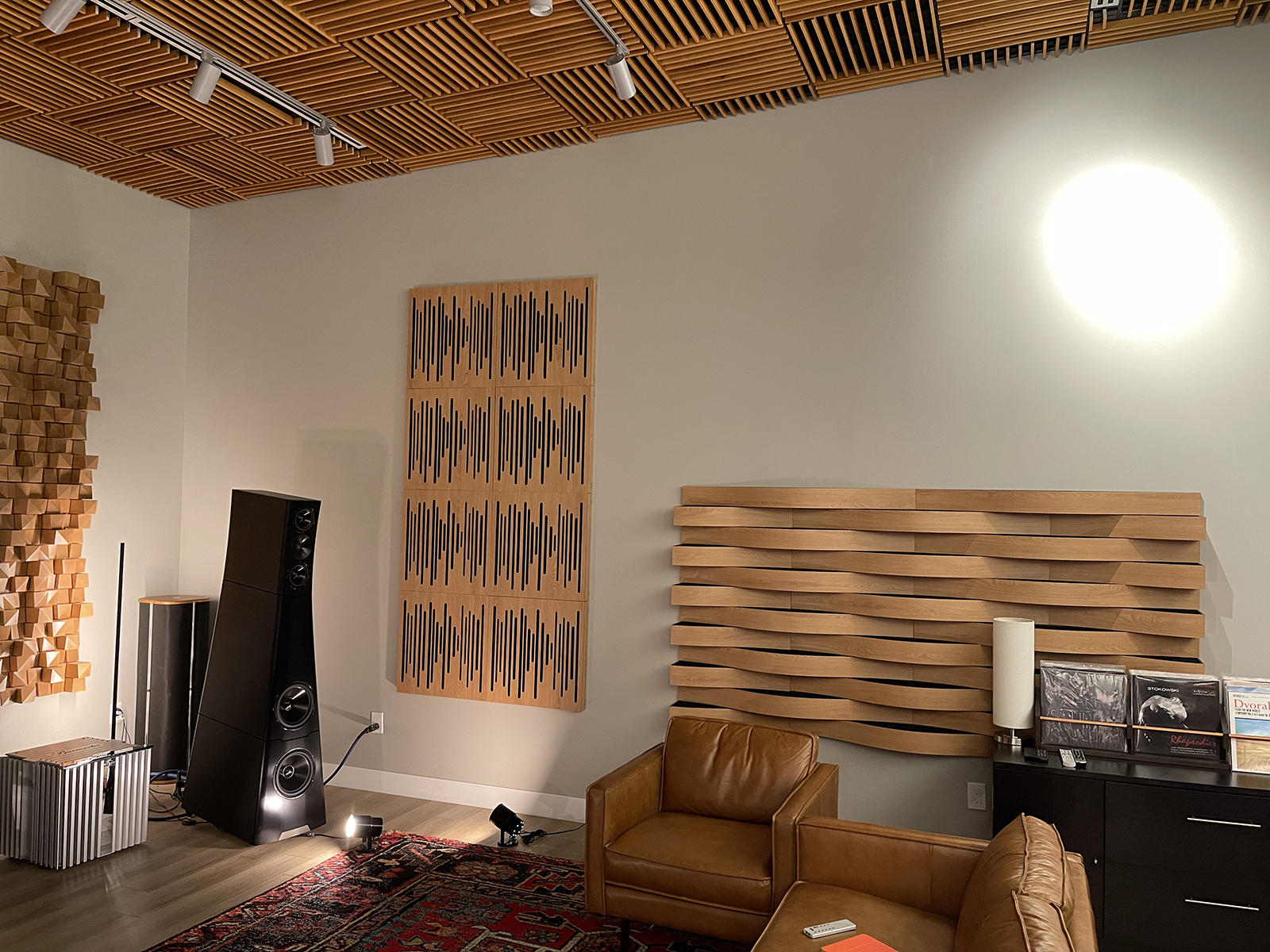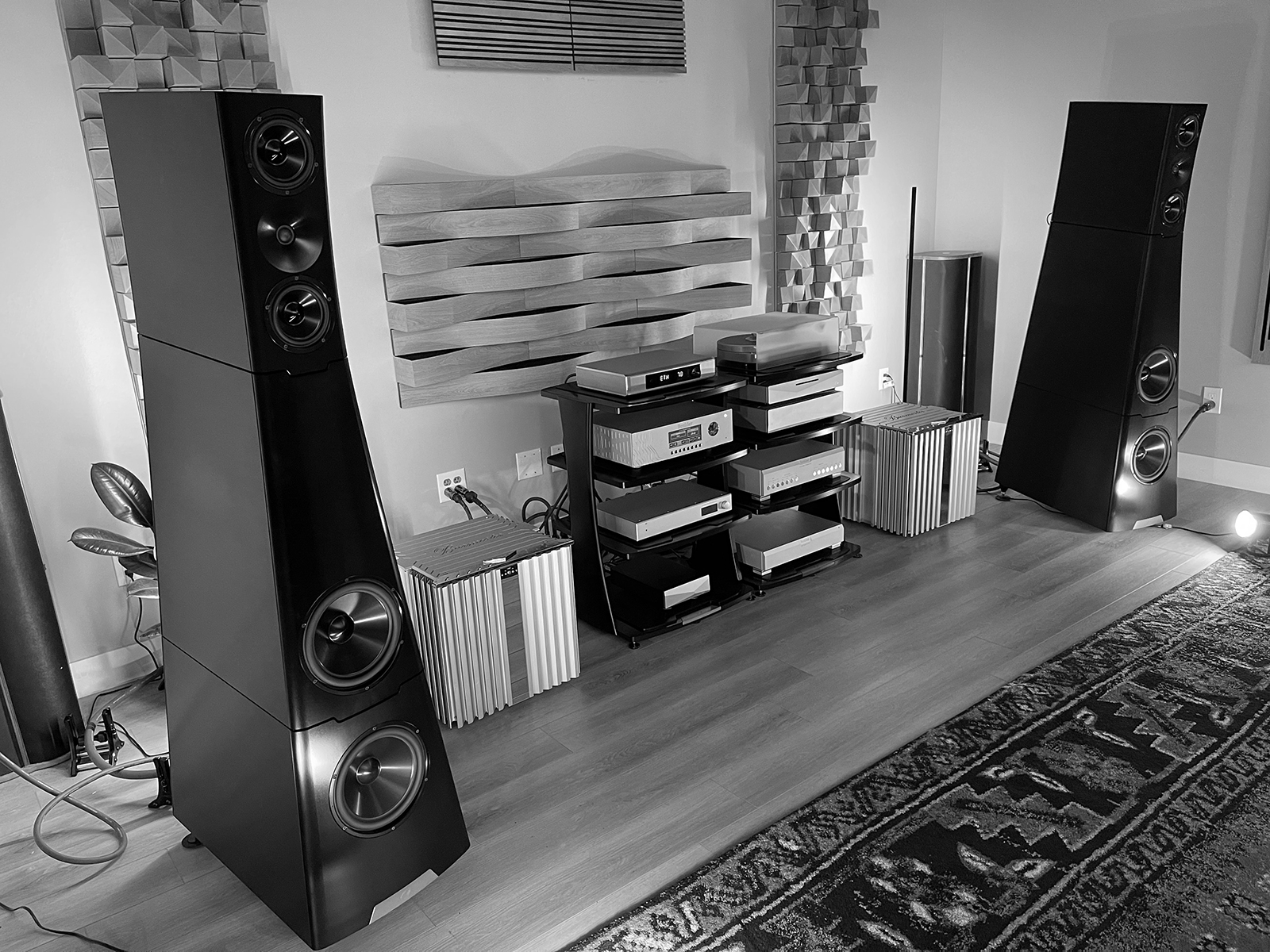During my recent time in Denver covering the CEDIA trade show, YG Acoustics graciously invited me to visit their local operations and experience a first listen to the new Sonja 3.3 loudspeakers.
Introduction:
Over the years, I’ve come to associate Denver with high-end audio. The now-defunct Rocky Mountain Audio Fest was a staple of the audio show calendar that I, along with myriads of other audio nuts, would regularly attend. CEDIA, the custom-install-centric audio-video expo has been hosted in Denver a few times before and looks like it will make the city its regular home for a while. Because of these sorts of events, I’ve increasingly been exposed to all manner of audio brands that I might not otherwise come across. YG Acoustics, funny enough, is one of those brands.
In 2017, I distinctly remember being in a crowded airport shuttle bus filled with out-of-town audiophiles, heading for the RMAF show hotel. A husband and wife from California were talking to a couple of other attendees about their YG Acoustics speakers. They described them in great detail, especially about the fact that they were completely made of aluminum. It was the first time I’d heard of such a thing. I mean an ENTIRE speaker, enclosure, and all, made from aluminum (I soon discovered at the show that Magico did something similar). It was interesting enough that I made a point to seek out the YG Acoustics speakers that year. I remember liking what I heard from the all-black anodized aluminum pair of Sonjas that they had playing vinyl on.
Fast forward to today, I’m back in Denver having just wrapped up my stint at covering CEDIA 2023. YG Acoustics is under new management; founder, and lead designer Yoav Geva, parted ways with the company three years ago. Although quiet for a period, YG Acoustics has been methodically updating its entire line along with having just recently launched the more affordable Peaks series of loudspeakers. Duncan Taylor, YG’s jovial Head of Marketing has invited me to nearby Arvada Colorado this Saturday afternoon to give me a tour of the YG Acoustics operation and let me have a first audio media listen to the new Sonja 3.3 loudspeakers. It’s oddly surreal how these situations come together at times.
I met Duncan at YG’s business office, which is part of a medium-sized two-story building in a typical industrial park. We entered the lobby area where I was introduced to most of the new Peaks line of speakers. It’s a different sort of aesthetic seeing a significant amount of wood veneer grace the subtle curves of a YG speaker cabinet.
I like the visual results that the company has achieved with the Peaks line. One of our intrepid writers, Yongki Go, has a pair of the larger bookshelf speakers in for review. Called the “Tor,” look for his review to be published on our website soon.
Sitting rather imposingly between the Peaks speakers was an Invincible 21.1 subwoofer. A rather astonishing beast when you consider YG milled that 21” driver cone themselves from a billet of aluminum and it’s backed up by a 3000-watt RMS amplifier (6000-watt if you wire it for 240 V) and serious DSP resources.
In the same room off to the side are a pair of Vantage 3 speakers in the standard silver finish. Looking closely at the tweeter section, you can see the delicate milling striations in the waveguide along with the delicate aluminum lattice impregnated in the soft dome tweeter.
Besides being aesthetically pleasing, the waveguide mill marks are said to help break up any transverse waves that may couple to the waveguide’s surface. The almost impossibly fine tweeter lattice is another one of YG’s proprietary technologies called the “Lattice Hybrid Dome.” In short, it’s YG’s way of harnessing the best sonic qualities of soft dome tweeters with the strength of metal dome tweeters together in one.
The company makes a point of noting just how much advanced computer modeling and simulation they do in their speaker development, leveraging both Amazon’s EC2 and Microsoft’s Azure cloud computing systems for raw processing horsepower.
We moved into an airy office space where a few parts samples were laid out for inspection. Duncan was kind enough to walk me through these decidedly overbuilt components. The first is probably the largest and thickest crossover board I have ever seen.
The copper traces alone took up massive amounts of the board’s real estate. Right next to the board was a set of crossover inductors that were so massive, I initially mistook them for transformers. They were, in fact, old Version 2 inductors from Sonja 2.3i. Duncan noted that the new ones are even more massive, this time with rectangular-cross-section conductors and special potting and bracing added.
Next were preproduction samples of a midrange driver that were being evaluated. YG Acoustics works with a particular “world-renowned” driver manufacturer to design and build custom drivers according to YG’s specifications.
But there is a level of back-and-forth between the client and OEM partner that I’ve never seen before. Usually, I’ve heard of clients taking an off-the-shelf driver design and asking an OEM for specific customization to be made to meet their needs.
Before this particular OEM can manufacture anything, YG has to mill the delicate aluminum lattices for their “Lattice Hybrid Dome” tweeters, mill the aluminum cones for their “BilletCore” drivers here on-site, have the driver cones anodized, and then ship those to the OEM partner to use in producing the drivers. It’s a highly involved partnership happening here.
The Production Areas.
Duncan then led me next door to the first part of the machining area, where the real nitty-gritty takes place. It essentially feels like a large machine shop, but it lacks the heavy smell of machine oil that I usually pick up in such places. Milling machines and a water jet cutter are located here. There are various-sized slabs and billets of aluminum everywhere, waiting to be cut and/or milled. I’ve never seen so much of the metal in one place before.
Duncan then shows me a roughly 7-inch diameter round billet of aluminum which I’ll call the “before” stage for one of YG’s driver cones. He then hands me the “after” stage for comparison. That being, a finely milled and finished one-piece driver cone with its proprietary rib structure on the backside.
As you’d expect tons of aluminum shavings result from all this work. These shavings are all collected and recycled so that there is as little waste as possible.
We then moved to an assembly section of the building where completed enclosure panels are assembled into cabinets and crossover boards are populated and loaded. Stacks of bins were loaded full of resistors, capacitors, custom wound inductors, and crossover boards, all ready to be put together for the appropriate loudspeaker.
I came up to the top and main cabinet section of a Sonja 3 speaker that was in the process of assembly. It was interesting to examine the internals and get a better sense of how each section was put together, how the bracing was set up, and how the panels fastened.
YG Acoustic likes to use aluminum for their speaker cabinets because of its high mass-to-weight ratio and since it can be precisely machined into almost any shape the company desires. YG claims to have mitigated any issues with cabinet resonances or ringing through an intelligent bracing and damping strategy.
Looking closely at the enclosure sidewalls, I can see layers of damping between the dual-wall aluminum structure.
Some of the larger speakers require a special ½ ton lift rig to work on them because of the weight.
We come to an assembly area where some of the new Peaks speakers are being worked on. It’s definitely nice to see some lovely wood veneering and cabinetry involved with these speakers, but aluminum is still a major part of the overall construction.
We see finely black anodized and finished aluminum sections for stands that are used for the bookshelf models along with a full 1.5-inch-thick aluminum baffle for one of the Peaks tower models.
The HDF construction of the bookshelf cabinets (minus the aluminum baffles) that I see shows very high-quality construction and bracing. Duncan reports that the new Peaks line has been very successful since its introduction this past year. YG is currently manufacturing at capacity to fill orders.
Heading to another manufacturing area, I encountered a room full of four advanced CNC machines. All are currently operating cutting out whatever aluminum parts are required for a given run. Each CNC machine is equipped with special devices for cleaning the air and the resulting exhaust from manufacturing. Hence the lack of that machine oil smell I mentioned earlier. Again, stacks of milled aluminum parts are waiting their turn to go through the CNC machines to be released from their extraneous jigs.
It’s a pretty wild sight, looking through the coolant-soaked windows of each machine and watching the CNC cutting heads do their thing.
Duncan also showed me the Titanium anodizing baskets. These will hold aluminum parts securely for the anodizing process while the baskets themselves remain unaffected as Titanium won’t anodize. The technology once used in spy planes, is now used to help finish speaker parts. Go figure!
As we exit the production floor, I can’t help but be impressed at the kind of craftsmanship that goes on here. No, it’s not exactly the same old-world feeling, hands-on speaker-building that I’ve experienced at other manufacturers. Yet, some very intelligent people had to do a lot of advanced thinking and planning to come up with these speakers and the process of manufacturing them. And there is still a lot of hands-on work done in the actual assembly and crossover building. In some ways, it feels more like an automobile assembly plant than a place that makes speakers, so modern are the processes. It’s certainly unique, very much like the speakers themselves.
The Demo Room.
Now, as impressive as all that was, here’s where things started getting really interesting. YG Acoustics has a very nicely appointed and treated listening room on-site and, on this day, I was being treated to a first media audition of the new Sonja 3.3 loudspeakers.
These are not small speakers, all 3-way, 77-inch tall, and 495 pounds (each) of them! They are configured with the new 1-inch “Lattice” (formerly “BilletDome”) hybrid tweeter, two 6-inch “BilletCore” midrange drivers, and two 10.25-inch “BilletCore” woofers. The Sonjas were connected to a pair of Burmester monoblock amplifiers along with Boulder and Weiss Engineering source equipment (the Weiss Helios was the Roon endpoint, and the Boulder 1110 was the preamp).
When we sat down to begin the demonstration, instead of playing some pre-screened audiophile “showoff” tracks, Duncan gave the control tablet to the streamer and essentially told me to have at it.
I pulled up our SECRETS Qobuz playlist and began cycling through the very familiar tracks. Songs included:
Steely Dan- Cousin Dupree
Natalie Merchant- The Peppery Man
Geoff Castellucci- Sound of Silence
Boss Skaggs- Thanks to You
Sonny Landreth- Broken Hearted Road (Live)
Van Halen- Mean Street
Christian McBride- It’s Your Thing
Joe Hisaiashi- A Town With an Ocean View
Billy Joel- Pressure
Holly Cole- Train Song (Live)
Ghost Rider- Make Us Stronger
Ahmad Jamal- Marseille
Immediately what hit me was that these speakers were effortless in the way they projected music. They seemed deceptively close to the sound of a good planar or electrostatic speaker, but with an absolutely killer bottom end and no discernible holes anywhere in the response. The soundstage extended well outside the speakers so that the live tracks I demoed had an especially good sense of the recording environment when I turned up the volume. The sense of scale and dynamics that were conveyed with my classical demo tracks were just outstanding. Overall imaging was very precise, with vocalists and instrumentation being placed exactly where you’d expect.
Piano sounded phenomenal on the Sonja 3.3. The ring and decay of the notes along with the depth and weight conveyed with the lower registers was beautifully done on the Ahmad Jamal track. The drum kit on Billy Joel’s Pressure sounded right there and I could feel each hit on the skins. Maybe it was because I was listening to a giant pair of metal speakers, but I was initially a little worried that the top end might be overly bright and ruthless. I needn’t have been concerned though. From the first few seconds of Cousin Dupree, I could tell that this would be an eminently appealing set of speakers to listen to and that my ears would not be set alight by harshness.
The Sonja 3.3 are truly full-range speakers that seemed like they (given the right equipment) could handle anything thrown their way. And frankly for the price of just over $146K for the pair, they better be darn well invincible in that regard. A subwoofer (or two) need not apply unless you are dealing with a massive space. Stunning is all I can say, just stunning.
In closing, I’d very much like to thank Duncan Taylor for his time and hospitality in letting me roam around YG Acoustics and allowing me to report on what they’re up to. It is a truly impressive operation that makes some obviously world-class loudspeakers. I’m very much looking forward to seeing and hearing more from the company in the future. Should I strike the right numbers in that elusive lottery, I’ll take my Sonja 3.3s in an anodized red finish. For all you comic book fans out there, can anyone say “Red Sonja?”




